|
Vasilisa being given the intuitive doll by her mother, from the story of Vasilisa and Baba Yaga, by artist Sasha Taran This month in Maiden, Mother Crone, Death we are talking about the Mother archetype. What that means is we are looking at the idea of what it means to be a mother, from many different perspectives. From the personal-what our experiences of being a mother have been, whether this means a mother to children we have birthed or a mother to those with whom we have a mothering relationship, even if we are not related. This means also the Divine Mother, an ancient presence that we all know, even if we don't have the words for it. A presence who watches over us-she could be Mother Earth, or maybe she inhabits the endless ocean or the starry skies. We have also been looking at mothers in myth, fairy tales and other stories. One of the stories we have been following throughout the course is that of Baba Yaga, a Slavic folk tale. It is a story where there is a maiden, mother and crone. Though there is a mother in the Baba Yaga story, she doesn't show up as often in illustrations of the story. I did manage to find this moving image (above), a powerful representation of a mother passing on her knowledge, wisdom and intuition to her daughter in the form of a small doll. In the Baba Yaga story, Vasilisa must face many challenges, in a way that resembles the Cinderella story, a story more familiar to those of us in the US. On Vasilisa's mother's deathbed, she passes on a sacred doll to her daughter. I love the way this doll is depicted here, with glowing light around her. It seems to show the way the doll is blessed by the mother. This doll enables Vasilisa to overcome many challenges set forth at home for her by her unfriendly stepmother and stepsisters. And then to face challenges set by the crone figure, Baba Yaga, a witch-like figure who lives in a chicken legged house in the woods.  With the help of this doll, Vasilisa is able to take on challenges set by Baba Yaga, such as separating grains of rotten corn from sound corn, and separating poppy seeds from grains of soil. The doll also guides Vasilisa as to when to ask questions of Baba Yaga and when to remain silent. Thus, not only is Vasilisa allowed to live, unlike most visitors to Baba Yaga's hut, but she is also rewarded for her bravery and restraint. Because Vasilisa overcomes the challenges, Baba Yaga gives her a flaming skull, a symbol of truth and fierce righteous anger. This skull ultimately kills her wicked step mother and step sisters. In this way, the maiden, having first received the wisdom and guidance from the mother in the form of the intuitive doll, now receives the protection and assistance from the crone, in the form of the flaming skull. There are so many layers of symbolism to this story, including the scene depicted in this painting. In class we talked about how the transitions from maiden to mother, from mother to crone and crone to death can all be seen as a kind of birth into a new self. We are born anew as different women many times in our lives. This cycle of renewal mirrors the cycle of life death and rebirth that our ancestors would have known and trusted in. For our ancestors, who lived closer to the earth, there would have been a visceral connection to the changing seasons, each bringing its challenges and rewards. The transitions in life, becoming a woman, marriage, even dying, would have been recognized with ritual close to the home and amongst family. In revisiting these stories, we can reconnect to the deep meaning of life's transitions, large and small. In class, we also talked about how the maiden, mother crone and death are truly not separate from each other. Like nesting dolls, they each live within the other. As mothers, we know the face of the newborn baby girl, who seems to hold the wisdom of the wise crone. The mother within the maiden guides and protects her. The mother within the crone allows us to birth into new experiences and identities. And for those of us in the crone years, we hold both the maiden and mother within us. The maiden gives us the energy and fire to continue to take on new experiences and live fully. The mother within our crone self is a loving presence holding us, blessing us and enveloping us in her love. May we be blessed with these stories and connections as we reflect on these powerful ancient stories and on the stories of our own lives as well.
0 Comments
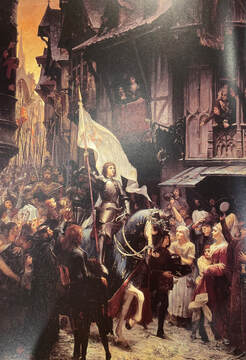 Joan of Arc as a maiden warrior Joan of Arc as a maiden warrior What does it mean to be a "maiden" nowadays? The focus of my work is with women in the crone years or apprentice crones at least. So how to talk about the Maiden part of the Maiden Mother Crone archetypes of a woman's life? I have been giving this a lot of thought lately, as we are focusing on the Maiden this month in an on-line course I am facilitating. To that end, I have come across some interesting writings on the subject. A maiden is pure in that she is true to herself and her vision One is the writing of Christine Valters Paintner, of the wonderful Abbey of the Arts. In discussing the maiden she mentions another antiquated-seeming concept, that of the virgin. Not in the old sense of the word, as someone who has never had sex, but instead as a woman who answers only to herself in her life. Someone who has a purity and single-mindedness of focus that has nothing to do with who she sleeps with but instead to do with how she leads her life. In the course I am teaching, we are re-visiting the stories of some maiden goddess archetypes. We are reclaiming their true stories from how they had been diluted and manipulated by history. And in this way, we are rediscovering our own true maiden fiery true selves. It is the passion within the maiden that motivates her and it is this passion of the maiden within the crone, that motivates us still, though we may be in our later years. Joan of Arc, a maiden warrior and mystic In the Maiden Mother Crone Death class, we are talking about Joan of Arc as an example of a maiden archetype. Her story is a tragic one and yet she stands out as an example of one who fought passionately for her ideas. In our times we have our Greta Thunbergs and Mala Yousafsais. fighting for the environment and for girls rights to study at school respectively. In the image above, Joan of Arc showed up in an intuitive painting in a 1950's Science book I have been working into progressively. Here she is in her warrior form, though in a way in this image it looks more like the two figures are dancing rather than fighting. How can we as older women or crones, tap into our own fiery inner maidens? I believe that we, like nesting dolls, contain all our younger selves within us. If however, some of those younger selves have felt shut down, belittled or ignored, it can be difficult to access them in our later years. Carl Jung said that the work of our later years is to begin to integrate all of our selves, with a goal of finding wholeness. So, even if we have spent our lives in forward motion, not looking back at who we were before, it can still be important to revisit and if necessary befriend and tend those younger selves. Personally, always having been an inward looking person, I have always looked back, but perhaps to the detriment of times in my life when it would have served me better to look ahead. But, yes, it feels important to me to revisit these earlier selves, not to wallow in past sadness and losses but instead to reclaim the best of who we were then and to allow these younger selves to animate our beings as older women. To inspire us to be fully alive. Ursula Le Guin is a great example of how to do this.... Inspired by the great Ursula Le Guin, who never lost the spirit and energy of her younger self
I've been thinking a lot lately about the wonderful and celebrated author, Ursula Le Guin. She was described as a writer of "speculative fiction, including science fiction." I’ve been reading her wonderful book, Space Crone, and marveling at the way her young energetic self shines through, no matter what her chronological age is, and even now, though she is no longer with us. In these photos above, showing a young and old Ursula Le Guin, you can vividly see the way in which her young self lived through her older self. The young and the old Ursula Le Guin in conversation with each other In these two photos, the older Ursula seems slyly to be looking at us, challenging us to meet her gaze. The older self looks more confident and forceful. the younger self more shy. It is almost as if the younger self looks to the older self for reassurance. And it is this way with all women who have aged well, never allowing their younger selves to leave them, but instead being able to tap into all the ages they have been, making them the complex beings they are now in all their wisdom. I hope that I can be even a bit as strong, creative and full of life in my later years as Ursula Le Guin was in hers. Being willing to revise old ideas and even throw them out, in light of wisdom gained in later years One of the things I love about reading these essays in Space Crone is that Le Guin is very willing to revisit all of her earlier thoughts and beliefs. She includes talks and essays from all the phases of her life in this book and in some of them, she greatly revises earlier versions of her essays. She doesn't rest on the laurels of earlier successes but is always willing to revisit them in the light of what she has learned in later years. And in this way she, as an older woman, has the best of both worlds, the freshness of vision of her younger self along with the wisdom of her older self. In looking back at her earlier essays she grows in her understanding of what it means to be a feminist. For instance, one of her essays, written in 1988 "Is Gender Necessary (Redux)," she almost completely revises an earlier essay of the same title from 1976, in light of what she had since learned about the reality of being a woman in a man's world. The mark of a true crone enlivened by her inner maiden To me, this is a mark of a true crone enlivened by her inner maiden, someone who is willing to revisit all of her earlier ideas, to bring a freshness and new eye to them, even if this means questioning herself and making herself vulnerable. We can bring this same freshness to our lives and to our relationships, though it is not always easy. As older parents, we have to be able and willing to listen to our young daughters and allow their new visions refresh and enliven our older ones. I am grateful for this reason to have a young adult daughter who challenges me at times and helps me to see where I have become old and stale. Not always easy but helpful if I want to stay as fully alive and awake as I can be. Finding Mrs. Who, Mrs, Whatsit and Mrs, Which One of my favorite books to read as a child, when I was home; sick with ear infections, colds or fevers, was A Wrinkle in Time by Madeline L’Engle. My attention was caught from the first lines of the book, “It was a dark and stormy night. In her attic bedroom Margaret Murry wrapped in an old patchwork quilt, sat on the foot of her bed and watched the trees tossing in the frenzied lashing of the wind….” Onward through the magical story of wise and mysterious crones, a mother with her own lab right in the middle of their house, and a quest to find her father, I was hooked. I identified most of all with Margaret, the way she didn’t fit in at school because I always felt that way myself. I loved the three crone-beings in this story-Mrs. Who, Mrs. Whatsit and Mrs. Which. Yearning for a Fierce Connection to Meaning Later as an adult, I learned about the author, how this book was practically channeled in the way it came to her, and how L’Engle was a very religious woman and how her spirituality influenced her writings. But, as a young girl, none of that mattered to me. What mattered most was following the story of this young girl (and the Oprah movie didn’t come close to capturing the magic and truth of this story, not at all, sorry to say) on her quest to save her father and the world, from darkness and evil. What is this yearning that we feel as young girls, and then hopefully still as women, for a connection to meaning, true and deep, a fierce connection so deep that we aren’t afraid of danger? And not only that, but to feel that we are have agency and can have a positive influence on the world around us. And especially if we are feeling, as I did back then, that we don’t fit in, that our existence doesn’t make sense in the day-to-day world around us? Wisdom of the Crones It makes sense to me now that I would have been drawn to these stories back then. How reassuring to experience vicariously the story of a young girl who courageously battles darkness and evil. And to find the help of powerful crones, elder women who seem connected to the wisdom of the universe? As a young girl, I was always more drawn to elders than to my peers, so Margaret’s trust in these elders made sense to me. Just as in a dream, where all the characters in the story are a part of us, so in stories, we are able to identify with all the characters, the wise, the courageous, the fearful, the evil. As a child, I identified with the main character, Meg, but now I know that I would also have been identifying with these wise elder women. Wisdom of all the Ages
A Wrinkle in Time was ahead of its time in this way, providing so many strong wise female characters, not only young but also old. As young women, we want to be able to imagine into a future where we could be wise old women someday. Not helpless, sad and voiceless creatures as too often still older women are depicted in too much of the media and news today. We know on a visceral level that we as women are all the ages within us, the young, curious and full of life girl or maiden, the adventurer, lover, sovereign even, or mother, queen. And the wise, complex, creative and resourceful older woman, or crone, full of stories. Looking back now, I can see that this book, among many others, was the inspiration for the work I do today. One more Thing... that Tesseract! And if you have read this book as I did as a child, didn't you love the idea of the "tesseract?" Apparently there is a real meaning to this term as a mathematical model, but L'Engle creates something new and magical in her book. The tesseract* is, the ability to fold time and jump quickly from one place to the next. I remember in the story how it was explained, as if you could fold a string, letting the loop fall down so that an ant, crawling across the string, could step across the top of the two folded loops. Time can fold back upon itself. What a joy to imagine this as a child. And yet, could you suspend judgment and imagine a way that this could also be true in our world? Don't we all, within our bodies, hold the bodies of all those who we have been before? If we are older women, or crones, don't we hold all our younger selves within us? In this way, maybe we can suspend time, imagining ourselves all ages at once. *in the book, the explanation goes like this: The fourth dimension is time. And if you square that, you get a tesseract. "You add that to the other dimensions and you can travel through space without having to go the long way around. In other words...a straight line is not the shortest distance between two points." page 78, A Wrinkle in Time Seeing Yetis and other monsters... The image of Yetis and dinosaurs came to me in response to a page in the 1950's science textbook that I have been working into. The process is to find new imagery, using the pages of the book as inspiration. At times, I work into the pages first with more abstract “background” imagery and use that for inspiration. This page had dinosaurs in a prehistoric landscape. Anyway, when I started to work into these pages I saw these Yeti-like creatures and it occurred to me to wonder, what if Yetis were real and dinosaurs were not? In this image, one of the Yetis seems to be grabbing at a girl or perhaps a woman, who is dressed in a green fuzzy suit. The woman doesn't look too worried about this. Perhaps she knows that even though the Yeti looks scary, he isn't really going to do her any harm. That year, I kept hearing about Yetis, in a doll that a participant in one of my on-line workshops made, in a story I saw on the internet. What was this about? I was being visited by monsters but also being asked to question whether or not they were really monsters. In the stories of others, the Yeti was also a helpful rather than scary soul. Noises in the Night, Dangers on the Street... I am and probably have always been interested in this topic of whether scary things were really dangerous or not, from when I was a small child and imagined that noises in the night outside our New York City apartment meant that danger was coming. This was in the 1960's upper West Side of Manhattan and truly, it wasn't the safest time to be in the city. We saw real scary things and did have to be careful. My mother tells a story of when she was at the playground at the end of our street on Morningside Drive. I was probably 4. My next youngest sister was almost 3 and my mother was very pregnant with my youngest sister. She saw a man trying to break into a car just up the road from the deserted playground where we were standing. Not thinking this through very clearly and filled with that material fierce energy that we all hear about, my mother ran up to the man (probably dragging me behind her by the hand and pushing my sister in the stroller) and she yelled at him, "Get away from that car!" And he did run away. It was only later that she realized what danger she might have been in. I don’t think at the time there would have been much conversation about experiences such as this, and so as a small child I worried at night. A visit with the Morrigan, ancient Celtic crone “monster” Last year I did a guided visualization in which the Morrigan appeared. The Morrigan, briefly, is a Celtic crone who has a very fierce aspect and was at times associated with warriors and wartime, and death. In this vision I did not recognize her as the Morrigan. I only found out later from a tarot reader who saw a dark fierce figure in my reading and I mentioned my earlier vision. The next day, I got an email from the tarot reader saying she had heard what sounded like “Maura, Morri…something.” She wasn’t familiar with the Morrigan but had looked her up and discovered that the word she had been hearing was “Morrigan.” Taking care of "dirty jobs" In my vision, the Morrigan appeared over the edge of a mountain path, along a stream where I was standing at the top. First I saw her headdress of what seemed like a huge bunch of sticks, then large iridescent, blue/ black wings. I couldn’t look at her face when it appeared, except to tell that she had a bird-like appearance. I started to cry and looked at her feet, since I couldn’t bear to look into her eyes. Her feet were also birdlike with three toes, very big, strong and solid. I sensed her connection to the sky and to the earth, perhaps drawing both energies together. And that she had the potential to destroy, to tear trees out by the roots with one hand and at the same time, the potential to heal, with the touch of her hand. She had several messages for me, one of which was that I needed to make a representation of her, a painting or a doll. A few days later in the tarot reading, the reader said “she may be coming through because of dark energies you are working with.” She said “she is a predator and she is looking for you, even more probably than you are looking for her,” and “she likes to take care of dirty jobs, she likes to clean things up.” She also saw several companions including a wolf, a fox and an old woman with a crow and owl companion. I’ve been working with the Morrigan energy ever since that vision and reading, in meditations and writings. Side note: I haven’t yet made a large representation of the Morrigan. Sometimes people ask me when they visit my studio, how I make my dolls. Where do my ideas come from and how long does it take to make them? Well, this is an example of why it can take a long time. I may have a vision or a strong inclination to make a certain doll but it takes a while for me to be able to come to a place of being able to bring it into reality. The dreaming and mulling sometimes is the part that takes the longest. However, I did make a small Morrigan doll for my Wheel of the Year that hangs in my meditation area. I think I have shown her in my newsletter before. If you have been paying any attention to some of the feminist retellings of ancient stories of “monsters” in mythology, religion, folk or fairy tales, you probably know that there is more awareness of how these figures have been distorted by a “patriarchal” culture. Women writers in all the above areas are revisiting stories such as the Medusa story*, (see link below) to reclaim the complexity of her nature from a reductionist description of her as an evil monster. *www.byarcadia.org/post/off-with-her-head-medusa-and-feminism Fear of the unfamiliar and strange And these don’t have to necessarily be only feminine “monsters.” It has more to do with the common reaction to anything dark, unfamiliar and strange. The Yeti tends to be seen as masculine, though who knows? I’ve been interested in transforming what often get identified as monsters into something much more complex, and perhaps even helpful. This curiosity comes up in my Befriending Our Shadow course and to my Tending Your Inner Garden course. In the first, it is getting to know our own nature from dark to light and in the second it is getting to know the cycles of nature. I’m searching for to an acceptance of nature (inner and outer) in all its manifestations, from the fiercest to the gentlest. As always, I learned so much from writing this. I hope you might have been inspired as well. This is probably the first in a series of articles on this topic. Thanks for reading.
A bit of a rambling ode to green.... Green is the heart, is F#... is the life force... Recently, I had the luck to visit a friend who is a gifted energy healer. She demonstrated to me how our chakras, (the energy centers that go up and down our body) are related not only to colors but also to musical notes and to corresponding healing sounds. It was fun to play with the tuning forks she had for each chakra, and to make the sounds associated with each. I remembered that I had been told by another energy healer, Donna Eden, that my "life colors" are salmon and grass green. So it was interesting to learn that the colors associated with the "high heart" (an additional chakra that my friend told me about and that I had never heard of) were green or pink. My life colors! And the note associated with this chakra was F # and the sound, "Ahhhhm," if I remembered that correctly. Baby's Dream (The Green Bird), gouache and water-based crayon, 18 x 24, 2020 It just made sense to me, because I feel very connected to the heart chakra, and I have always been drawn to green as a representation of life force. Green and Grey I've been posting stories about previous participants in the Befriending Our Shadow course. Today I am taking a break from that series to share some of stories about green, the life force, in contrast to grey, which to me symbolizes the opposite of aliveness, numbness. But no more grey today. Today is all about green! I have always loved the line from the Dylan Thomas poem, "The force that through the green fuse drives the flower," which it turns out is also the title of the poem. He ultimately is making a very different point in his poem, but to me, it is that line that stands out. Ceri Richards, The Force that Through the Green Fuse Drives the Flower, lithograph on paper, 1965 (this really looks upside down to me but it is how it shows up on the Tate Modern website) What Hildegarde von Bingen has to say about green I've written about Hildegarde von Bingen here before. She is one of my heroes. In this earlier post, I said of von Bingen: "I’m reminded too of Hildegarde of Bingen, a mystic who lived at the turn of the first millennium, in a time that in some ways was much like ours. Her joyful vision of life centered on the idea that to be awake is to be “filled with greenness.” To her, every being on earth, not just humans, could potentially be filled with a spark of life, “for no creature exists that lacks a radiance, be it greenness or seed, buds or beauty…otherwise it would not be a creation at all.” (p. 67 Matthew Fox, Illuminations of Hildegard of Bingen.) Each element of our living earth is a potential portal into aliveness and gives us an opportunity to experience our fullness and divinity." Cultivating the Cosmic Tree, Hildegarde von Bingen. Green is Aphrodite's color... I have been absorbing the stories and wisdom of Donald Kalshed in his latest book, Trauma and the Soul. In one of the many moving chapters, he talks of a woman who had been severely traumatized but it was through her inner world of archetypal images that she was able to be healed. These showed up in dreams and in stories. In one of her dreams, (pp. 222 and 223 in the book) she describes a cold, dying world in which everything is grey and soulless, except for a tiny bear cub wrapped in a slimy blanket. The blanket disgusts the dreamer, especially when she realizes it too is alive. She is moved to take both and the cub back with her to a more inhabitable world. But first she is asked by an "emissary" hidden behind a wall, if he could hold the blanket creature "..one more time. I am achingly moved... The emissary tells me to step close to the wall, a smooth metallic surface in which there is a round opening. I step forward, and a bright green tentacle comes out and waves around searching for contact. " She is horrified but lets the tentacle hold the blanket and the cub, realizing that the emissary is a green monster and that is why he is hidden. Kalshed goes on to say that the greenness of the tentacle is a sign of hope, "the only hardy life-form in this grey world. He quotes Jung saying "green is Aphrodite's color... and older still, the color of Osiris, the reborn Egyptian god. Green is also the color of Sophia and the Holy Ghost, the color of life, procreation and resurrection. Greenness also connotes the benedicta veriditas, the 'blessed greenness'...the secret immanence of the divine spirit of life in all things...Green signifies hope and the future. Green is hopeful. especially in the midst of a grey world. Below I share the greenness in some of my paintings and dolls. Some of them are monsters and yet, from Kalshed's (and Jung's) perspective, and mine, green is aliveness! Greenness is wholeness. And that is what I seek in my journey into the shadow and in leading others in shadow work. Below, a celebration of green in my art, dolls and paintings "The Wheel" tarot card from the Druid Craft Tarot deck. The message is, "You can see the patterns in your life and the wider patterns in the circles of Birth, Life, Death, and Rebirth. Harvesting the seeds of destiny, you continue to sow seeds of love. A memorable dream of circles and squares… Recently, I had one of those memorable dreams. I want to try to share it and I will do my best. But please forgive me, like all dreams, there is so much lost in trying to put something like this into words. The dream felt like a working out of some deep questions that I didn’t really understand. It seemed to address some of the big questions I think about in my life, including how to navigate a world of challenges, deadlines and tasks, while at the same time keeping roots in the spiritual world that lives beneath all things. The dream In the dream I have the sense of the four directions. People are grouped according to each of the four directions. They are experiencing some sort of challenge involving different levels of experience. They are “singing their way around the four directions.” The dream takes place in the forest (and at the same time, in a subway car!) The first person in line for each of the four directions achieves something. One man “achieves a square” and gets the message that the next level is open to him. There is great joy and connection along with this accomplishment. I feel like I am quite close to this next level but not yet there. I get information for signing up for the next level. One of the others gets the same message as me and the last person gets a less clear answer. It is obvious to me though, from another perspective, that at a higher level, none of this means anything. And that in addition to this “square” way of being, there is also a “circle” way and that in this circle way, surrender is key. The circle way is open to all. It’s paradoxical. Surrender is the circle and this surrender is another, equally valid way of making it “up” the square. Summer of 2011, Sackets Harbor, NY, this story and the wheel tarot card reminded me of the summer I made this labyrinth by Lake Ontario. Another reminder of the circles/cycles of the seasons. Looking at dreams in a new way I woke up from this dream with a strong feeling of contentment. In the Hagitude, year-long course I am taking, we are looking at dreams in a way that feels very familiar to me, from my past experience as an art therapist. Instead of trying to analyze and put meaning into the dream, we try to experience it as it is, taking in the symbols and metaphors as living beings. Just as, when I was an art therapist, we tried to help our clients or patients live into the meaning of their art work. Living in a Circle or Square Way Since this dream, I have been musing on this idea of living in a circle or square way, along with the idea that either way is just as legitimate as a way of being/living. Maybe you can relate to this too? I’ve talked in other newsletters here about my fascination with different ways of tracking time. One the one side, the square (or rectangular) calendar with its neatly organizing time into days, weeks, months, years-so essential for getting things done, achieving goals, remembering dentist appointments. The Circles/Cycles of the Season On the other, the circles/cycles of the seasons, where goals and achievements have less relevance. In the circle way, repetition is key, seasons reoccur, stories are told and retold, gaining meaning and depth with each repetition. All harkening back to the central stories that our ancestors would have told, to give meaning to the seasons-the old Goddess/crone of winter dying in the spring and the young Goddess/maiden of spring taking her place. The birth of the young god of winter, growing into manhood, and his union with the maiden in summer and then his being sacrificed in the fall, as the fullness of the harvest is reaped. Over and over again. In Mother Nature's Gaze, watercolor crayons and mixed media Our Collective Stories We are drawn to these stories, even if we don’t tell them, because they are in our, what psychologist and mythologist (is that a word?) Carl Gustav Jung, called our collective unconscious. In the midst of our rushing from medical appointments to work to social events, our lives feel more deeply meaningful when we are able to listen to, even in the slightest way, those deep bass notes of archetypal meaning. By this I mean, our daily, surface stories, resonate at all times with the deepest stories, outside of time, running beneath ours. The Web of Life that Connects us All We live within the circle that is the web of life, connecting us to each other, living and dead and there is no distinction between someone who has lived a life of great achievement and someone who perhaps has led a quieter, less “consequential” life. And we are connected in a way that transcends time, as in the words of Donald Kalsched in his new book, Trauma and the Soul: A Psychospiritual approach to Human Development and its Interruption, “there might be a dimension of consciousness that transcends time and space and includes the pooled memories of our ancestors.” (pg. 37) We can tap into these dimensions at any time, but it is the “circle” time that seems to make this connection easier. And in the tapping into deeper meaning, we are at the same time sending down deep roots into our “square” lives, paradoxically making it easier to function in our day-to-day lives. Sanctuary: Take Comfort Now, collage, watercolor crayons, watercolor pencils, revisiting from blog post, January, 2023
Man in Kukeri costume meant to scare away evil. from Suitcase magazine article, Kukeri: The Forgotten Rituals of Bulgaria In a recent conversation with a fellow artist, she mentioned something about using her art to deal with the overwhelm that comes up sometimes, when we are faced with the real evil that is in this world. This set off a whole series of thoughts and conversations that I had with other artists and creatives. How do we hold or contain the evil of the world that is really there? Is this a ridiculous goal? Can we use our art to contain it-even just a little bit? If you don’t know this already, I often use my art to tend to my inner demons… I can’t speak for my artist friend about what she meant by using her art to cope with evil, but I know that I turn to my art when I am overwhelmed by the dark forces in the world. If you take even the slightest look at my work, here on the gallery page, (Transformative Healing Dolls), or even more here, on my new website in progress (erikaclevelandart.com), that includes my more recent intuitive paintings, you have probably figured this out. In my art, I am often trying to work out a way to deal with inner demons, but what I am talking about here are those outer demons. In reality it is probably unrealistic to try to separate inner and outer demons-they are closely related, as I will explore here. Everything is Just Fine: Nothing to See, an image from my Sketches in Uncertain Times Journal on my website erikaclevelandart.com The shadow and evil The question of evil is a huge topic, the topic for a whole book, probably, that maybe I will write someday. In the meantime, another creative friend, a writer, directed me to the book, Shadow and Evil in Fairy Tales, by Mary Louise von Franz, a Jungian psychologist. Knowing my interest in the shadow, those of you who know me will not be surprised to learn that this book was right up my alley. After all, I have been offering a course called Befriending the Shadow over the past three years. I am diving into von Franz’s book slowly because there is a lot of richness there. And, again, it is a huge topic. Why “living in the light” isn’t always the best goal if we neglect the shadow Evil isn’t all that popular a topic at the moment in spiritual or “New Age” circles. There are whole communities that try to base their whole reason for being on, “living in the light.” This is a noble and understandable goal. However, the intention to live in the light can unwittingly lead to the opposite effect that what is intended. It makes me think of Carl Jung’s words, “what we resist, persists.” ie: whenever we push against something, and try to hide it in the shadows, it tends to show up even more strongly somewhere else. It also reminds me of what one of my mentors, shamanic healer, Sandra Ingerman says about her workshops such as “Healing with Spiritual Light.” (These workshops are amazing.) Sandra always says we have to watch for the shadow in workshops that focus on light. Because from her long years of experience she knows you can’t work with the light without also acknowledging the dark. She talks about how things would go haywire halfway through the workshop when, in the earlier days of her offering this workshop, she didn’t set aside time and space for the shadow. Though it might feel uncomfortable to make room for (and have to think about) the shadow, it is worth the discomfort and extra effort. I'm still afraid, take it one step at a time, image from my Altered Book: Depression and Modern Times, erikaclevelandart,com Why evil can’t be pinned down in fairy tales (or anywhere else) So, back to von Franz’s book. Von Franz explores the meaning of evil and also looks at how we can work with evil and find ways to cope with it. One important discovery she made in looking at evil in fairy tales was that there are no formulas or rules to deal with evil. The author found out that the only constant in dealing with evil is inconsistency. It is actually quite funny, she discovers, how inconsistent the “advice” and conclusions are in fairy tales with regard to evil. For instance, one tale recommends, if an evil character has a secret, you must always face it head on and ask for the answer. Then the next tale says, avoid secrets at all costs, if you know what is best for you. And so on… Always listen to the animal guide The only consistent advice was, always listen to the animal guide, or the nature guide, the helper that is encountered along the way, even if it is giving contradictory advice. What does this mean? Her conclusion was, always follow your intuition. The animal or nature guide in fairy tales is a representation of the intuitive voice. And this makes sense to me. While it is easy to follow our intuition when our intuition matches the outer world, it is much more difficulty to follow when that intuitive voice seems to go against common sense. All will be Decided, There will be Joy and there will be Sorrow, image from Altered Book: Depression and Modern art, erikaclevelandart.com Formulas and doctrines don’t work And this is what is needed most in dealing with evil in the world. Because formulas and “doctrines” don’t work in the real world, however good they sound in writing. When we are living our lives and facing challenges, especially the dangers that true evil can present, we have to stay on our toes and react in an awake and alive way to what is happening in the moment. It seems to me that as soon as a doctrine is created, in terms of light and dark, right and wrong etc, it immediately ossifies into stone and becomes useless as advice. And this is especially true when it has to do with the behavior of others (this is another insight from von Franz). We can sort of/kind of make rules for ourselves and try to follow them, but once we try to apply those to others, especially groups of people, that is a formula for evil. Why I do what I do I suppose that is why I do the work I do, as inept and halting as it is. I am trying, on a very small scale to tune into my inner guidance and intuition, allowing my art, my dolls and my paintings to speak to me. The goal is for this to remain a living process, always changing and evolving as I change and evolve, and as the world changes and evolves. This means following a winding and ever-changing path along a seashore where the waves are constantly coming in and washing out my footsteps. Sometimes fog comes in and I can’t see even a step ahead and I have to slow way down. That is when I have to listen even more deeply. That is why I am drawn also to flip dolls, two-sided dolls, connected at the waist and with heads on both sides. They remind me of one of my favorite symbols, the infinity sign (which also looks like my favorite number, eight, sideways.) These dolls and the infinity sign contain opposites, leaving room to pivot at any moment. This kind of art is my attempt to deal with life as an ever-shifting and changing canvas, day to day, hour to hour, moment to moment. Nuclear Light, side two, The Living Earth flip doll, from erikaclevelandart.com Art speaks the language of moment-to-moment
I am going to make a bold statement now and say that art speaks this language of moment to moment, whether it is doll-making, painting, writing or whatever. And I’m going to make an even bolder statement to say that evil doesn’t speak this language. Evil isn’t flexible. It is what shows up when we get set in stone, whether in our views or in our actions. It is not that light is good and dark is bad or vice versa. It is that we need to find a way to create space for opposites to shift and change. And that is a dilemma when we live in this world of humanness, flaws and evil. It is our nature to at each moment to try to grasp onto what is certain and true, rather than to trust in the uncertainty of life. I feel like I am one of the worst offenders at wanting to “figure things out” and find certainties in life, so I think I can speak about this with authority. Do you use your art, whether it is art, writing, creating a garden or whatever it is, as a way to cope with evil, those unavoidable and painful realities of life? I would be curious to hear your thoughts. NOTE: after I wrote this I came across an article in the New Yorker about an ancient Bulgarian ritual to fight against evil that seemed to fit with this topic. It also includes a video of this ritual in action. The image at the top of this page also shows this Kukeri costume. The ways in which evil is described in this article fits with my observations as well. Evil isn't fantastical or wildly different from daily life. Instead it lives in mundanities like poverty or hunger. Page from the calendar of the Très Riches Heures showing the household of John, Duke of Berryexchanging New Year gifts. The Duke is seated at the right, in blue. That sense of timelessness we get while staring up at the clouds... You know that deeper sense of time that you can get from nature, if you have ever lain out on the grass and looked up at the clouds in the sky, noticing the ways in which they shift from moment to moment, looking first like a bunny and then shifting into a dinosaur? Or when you have your hands in the ground, digging in the dirt, planting seeds or tending a garden? You can completely lose track of “real” time, as you let go of the need to get to a Zoom call or call the dentist. Five minutes lost in wonderment, listening to owls calling each other from one tree to another, or in contemplating the brightness of green leaves against a blue sky can take you out of time. Breathing slows down, the mind’s chatter goes away. You experience a sense of expansion-and freedom. These moments are so very important for our sanity and well-being. February, attributed to Paul Limbourg, or the "Rustic painter" What have we lost in our urgency to "mange" time? Recently I read an article in the NYTimes, Searching for Lost Time in the World’s Most Beautiful Calendar, about a beautiful 15th century calendar, the Tres Riches Heures du Duc de Berry, that encapsulated the two different ways we keep track of time, capturing both the seasonal shifts over time and yet, measuring time in a way that lets us be able to make plans, schedule events and stay in touch with each other. One of the main points of the article, along with beautiful images of richly illustrated calendars from many different cultures, was that we, in our urgency to be able to “manage” time, have lost the connection to another, deeper sense of time that has always been there and would continue to be there long after we as humans are gone. By that I mean, a sense of connection to the subtle shifts of the seasons, tracked in the world of nature all around us. We have, as a human race, worked so hard to be as efficient as we now are, so why would it matter that we lost track of our ancestor’s way of tracking time? We know instinctively though, that it does matter. A couple of pages from a series of illustrations I did as part of my own other-worldly series called Kalili's Journey, some day I will get this into a shape that you can see the whole thing. You can see how my work is inspired by calendars like the Très Riches Heures Magic, and children already know about this... If you, like me, read books like the Narnia series, stories where the four main characters visited alternate worlds by stepping into a wardrobe, you might have vicariously experienced this suspension of time. Often in the magical worlds of books like this, the characters discover that though they may have lived a whole lifetime in the alternate universe, when they return to our world, no time has passed. Or it could be the opposite, like the Rip van Winkle story, where a man goes to another universe for what he experiences as a short time, but returns to our world, having missed several generations of living. Books like this can take us back to an expansive time, that we know in our bodies. Children know how to do this instinctively. I remember this from my childhood but if you haven't thought about this in a while, you may need to give yourself the chance to recollect yours. Bone-deep healing It is useful and essential to have ways of tracking our days and minutes with the kinds of calendars we run our lives by. And yet, if we forget to tune into timelessness at least once in a while, we lose a very important part of ourselves. A part that brings us bone-deep and absolutely essential nourishment. A part that reminds us that we are not machines, that we are all connected to source, whatever we might want to call that, nature, spirit, oneness. And a part that reminds us that we are connected inextricably with the web of life, to every other living thing. I've been at this a while. This is a 2014 calendar where I experimented with alternative ways of tracking the days, while also tracking joy. Let's not make this into a critique of all that is wrong with our modern day world...
This could so easily get into a critique of all that is wrong with our modern-day world and that is not what I am meaning to do here. It's just that I wanted to share with you a delightful (and easy) way to reclaim something that you have always known but that can so easily forget in a day-to-day existence where the claims on our attention can feel so urgent and essential. What you might find is that the rewards are great, even if you spend even 15 minutes out of your day in this different sense of time. It could be as easy as looking at a tree outside your window for five minutes out of your day. Or open up a children's book, like the Narnia series, or Alice in Wonderland, that will take you to an alternate universe. Or you can experiment with making your own calendar, tracking what is most important to you, like one I did (see above) in 2014, where I tracked what brought me joy each day. These are a few ideas. A couple years ago I created a series of healing crone dolls. If you are interested, you can see them on my gallery page here. In these dolls, Each of the crones in this series represented a different quality and each also represent deep emotions. This doll, a larger Ukrainian crone was part of that series. Last year, I worked more on this doll, adding a base for her to stand on (my husband helped-I write more about this on my Instagram account.) But she didn't seem finished. I had come to the understanding that this doll was a Ukranian crone, but her clothes didn't look Ukrainian enough. So I decided to fix that. As usual with these types of efforts, the process took a lot longer than expected. Before I got to embellishing my Ukrainian crone's clothing, there was another step to take care of. I realized I needed to add a supportive piece of leather for her shoulders-see second image below. When we added the rods into her legs, they pushed up into her shoulders and I was worried that they could eventually push their way up through the cloth. And then I explored alternate cloaks for her-third image below. I never had the intention to make her exactly accurate. She isn't meant to be a replica of a Ukranian crone in real life. Instead I followed my intuition in creating her, letting her be who she wants to be. I did do some research about Ukrainian clothing, studying about the kinds of embroidery that would be added to clothing and other decorative household items such as tablecloths or curtains. I learned that oaks, laurels, roses, stars and crosses were important symbols in Ukrainian embroidery, plants and floral designs being most common, especially in Eastern Ukraine. In Western Ukraine, geometric, nature-inspired patterns were more common. Some of the symbolic meanings were: flowers and branching leaves symbolize purity and prosperity of a family, grape clusters mean joy, oak and gulden roses symbolize feminine youth and magical beauty. Much of this symbolism had to do with weddings and fertility. The symbolism of geometric patterns have their roots in Slavic mythology. A rhombus means fertility, stars represent the universe, triangles relate to the holy trinity and crosses are a defense against evil. I discovered that animals and birds also had symbolic meaning in embroidery but were usually not added to clothing. Common animals and birds would be doves and roosters-often turned towards each other, symbolizing wedding union, butterflies meaning angels, and swallows representing good news. The colors of black and red symbolize wisdom and courage over generations. I didn't find anything about foxes in Ukrainian embroidery, especially not on clothing but I felt that this doll wanted a fox-a powerful symbol of survival, shape-shifting, edges and borderlands and the ability to charm. But I did find this story of Mykyta the Fox, a wiley fox whose story is as well-recognized in Ukraine as Mother Goose would be in the U.S. In this story, Mykyta outsmarts other animals that he encounters in his travels and is able to use their strengths against them, in order to survive. In the book, Fox Mykyta, "...is the eternal rebel--irresistible, independent, and indomitable. Using only his wit and his wits, Fox Mykyta astutely uses the moral flaws of his enemies to triumph over them--Wolf's greed, Cat's thieving, Rabbit's opportunism, Bear's hypocrisy, Goat's obsequiousness and even the lust for treasure of King Lion himself; only the guileless Badger and Babye escapes Fox's cunning." (from Ukrainian Treasures Studio) I wanted my crone to have some of this creativity, strength and cunning. Below, you can see how I initially drew the foxes onto fabric, painting them then with fabric paint and then stitching into them with colored embroidery threads. Then I cut them out and added them to her black cloth skirt. In the other images below, you can see me experimenting with various additional embellishments to the skirt, cloak and her bodice. She seems to enjoy and appreciate the process. Below, you can see more of the work as I went along. I had ordered some embroidered fabric from Ukraine, and I added that at the end to make sleeves for her. I also looked at headdresses worn in traditional Ukrainian costumes and saw that they often had flowers, red, white and sometimes pink and also pompoms. I made both the flowers and the pompoms. The flowers I made by folding cloth circles and stitching them together and the pompoms I felted out of colored wool. I gave her a pocket on her skirt. Not sure yet what will go in the pocket. I think she is done now but I will let her sit for a while longer to see if she asks for anything else. Dedication, a discovered family connection...
After I wrote this, I learned, at our family non-traditional Seder this year, that my husband's great grandmother (and grandfather) were Ukranian and had emigrated to the United States, to Brooklyn to escape the pogroms of that time. They were apparently married in Ukraine and then made it here after that. His great grandfather was soon killed in an accident in which he was run over by a horse-drawn wagon. I dedicate this doll to my great great grandmother in law. We don't know her name or the name of her husband. Healing the Elderly, painting in altered book Dreaming with Hagitude As you might know, from reading my earlier posts or following me on Instagram, I have been taking a year-long class with Sharon Blackie, called Hagitude: Reimagining the Second Half of Life, based on her book of the same name. The course has been powerful and life-changing. Taking the course is part of the reason why I am slowing down a bit this year with my on-line offers. My focus this year is being back in the studio and doing the inner work that goes along with this year-long class. Yet, still making a few on-line offers, such as the Tending Your Inner Garden class that I will be writing about a bit more this month, as it starts at the end of April. Reclaiming Elderhood as Women In the Hagitude class, we are seeking as women to reclaim elderhood, taking it from the negative focus that our culture so often puts on words like hag, crone, and old. We are seeking to reclaim the power and wisdom that originally resided in those words and in the women who embodied them. I don’t like the word patriarchy either, but for better or worse, this is the word that is used to describe those forces that tried and mostly succeeded to destroy and denigrate what it means to be an older woman in our culture. Baba Yaga/ Mother Earth doll, detail Understanding Archetypes of Elderhood as Women This month, we are talking about archetypes of elder women, exploring their meaning and finding our place within the various manifestations of elder woman archetypes. I wanted to share a bit of this exploration with you. First of all, what is an archetype? According to the on-line dictionary, an archetype, “is a recurrent symbol or motif in literature, art, or mythology.” An example would be the "mythological archetypes of good and evil." Some of the archetypes for elder women that have come up so far in the class, and which Sharon Blackie mentions in her book, Hagitude, are: The Creatrix: old women weaving the world (including the Fates, the Norns, Mother Hulda) Forces of nature: guardians and protectors of the land (including the Cailleach) Mentors (including Fairy Godmothers, and Mother Hulda again) Tricksters and truth-tellers: holding the culture to account (including Cundrie, and other Loathly Ladies) The Wise Woman: deep vision (including the bean feasa, such as Biddy Early) The Dangerous Old Woman: carriers of the fire (including Baba Yaga) Old Bone Mother, or the representation of Death (including the Bean Sí, and other harbingers of death) There can be resistance to trying to fit ourselves into an Elderhood Archetype Interestingly, for some women in the class, there is a feeling of resistance to limiting themselves to one or a few elder woman archetypes. And I totally understand that wish to be free, not constrained in any way, especially once having been freed of the bonds of the negative associations to women who are older. I don’t have the same problem myself in discovering which elder woman archetype I resonate with. For me it is more about sorting out which one of many I most connect with. If you have followed me on Instagram or on my website, you will probably recognize several of the above elder women. Me in my former life as a violist...year 2009 What helps me-Seeing Archetypes as Energy or Harmonics What helps me to understand my connection to elder woman archetypes is to see them as fluid, changing with time, and also to think of them as energies, or harmonics, that at different times of my life, most fully represent the deepest sense of who I am. To make one analogy…in my former life as an amateur musician, (hopefully music is something I will return to someday soon) we had to think about harmonics, making sure that our instruments were in tune, both within themselves, ie all the strings on my viola had to correspond to each other, but also with each other, as in when I played in an orchestra or a quartet. If an instrument is out of tune with another, not only the notes themselves but also the harmonics would be out of synch, exaggerating the out-of-tune-ness even more. Or vice versa, when we are closely in tune, Harmonics definition I should also define harmonics. The dictionary says, harmonics are, “an overtone accompanying a fundamental tone at a fixed interval, produced by vibration of a string, column of air, etc. in an exact fraction of its length.” And, an overtone “is a one of the higher tones produced simultaneously with the fundamental (tone) and that with the fundamental comprise a complex musical tone.” To put it in a way that may be easier to understand, if someone is playing the string on a cello in a room, the string on another cello leaning against the wall in that same room will also vibrate, even if no one is touching it. And not only that note will resonate, but also a whole range of related notes up and down the harmonic scale. When we talk about being “in tune” We talk about being “in tune” with ourselves and with one another. When we are in tune with ourselves, we are also in tune with the larger world, with nature and also with the world within. To live fully as women is to live in a way where we resonate with the feminine archetypes, with beings who represent ways of being. It is to resonate with essential qualities that go beyond the surface of our daily existence. Even if we never acknowledge this in our lifetime, we are all living in relationship to something much deeper, to connections we carry deep in our bones. These archetypal beings exist across cultures, holding values and qualities such as power, sovereignty, beauty or compassion. The closer we get to embodying in our daily lives, the qualities that most fit our true purpose in being here, the more we also resonate with those archetypes that reflect those qualities. And these may change over time, throughout our lifetimes. The clearer and more directly we live, the easier it is for the archetype to shine through us. What does this have to do with the changes of the seasons?
Just a little note about how this all connects to Tending Your Inner Garden, my new on-line offer… When I look at connecting to archetypes as elder women, it helps to see the ways these connections change and flow throughout the year. Like different harmonics resonating on a cello string, we could deeply resonate with one archetype during a certain time, ie, for me, a fierce and scary but also powerful and wise Baba Yaga. But throughout the year, especially at the changes of seasons, there are different archetypal energies that come up with those changes. For instance, Baba Yaga tends to be connected to the deep, reflective winter season, and then at Imbolc (February 1st, 2nd) a new energy comes into being, the younger Brigid, who can be seen as Baba Yaga’s young counterpart. It helps to navigate these changes visually through a calendar. If this interests you, check out my Tending Your Inner Garden course to find out more. By the way… This isn’t for women only… And this doesn’t have to do with women only. Men also need to connect with their inner feminine archetypes. I recently listened to an interesting podcast in which the man who was being interviewed talked about channeling his own inner feminine and connecting to goddesses. If you are interested in hearing more about him, his name is John David Latta, the link is here (if you follow Spotify) or you can look it up on your own streaming platform. Powerful stuff! On this podcast, which I highly recommend, Psychic Matters, with Ann Theato. The episode I am talking about is Synchronicites of Love with John David Latta, #084, Feb 23, 2023. |
ErikaI've been making dolls for about ten years now. I believe that dolls serve as representations and reminders of the best part of ourselves. I am excited to share with you here my learnings about new methods and techniques for doll making and healing. So glad you are here! Categories |
Proudly powered by Weebly
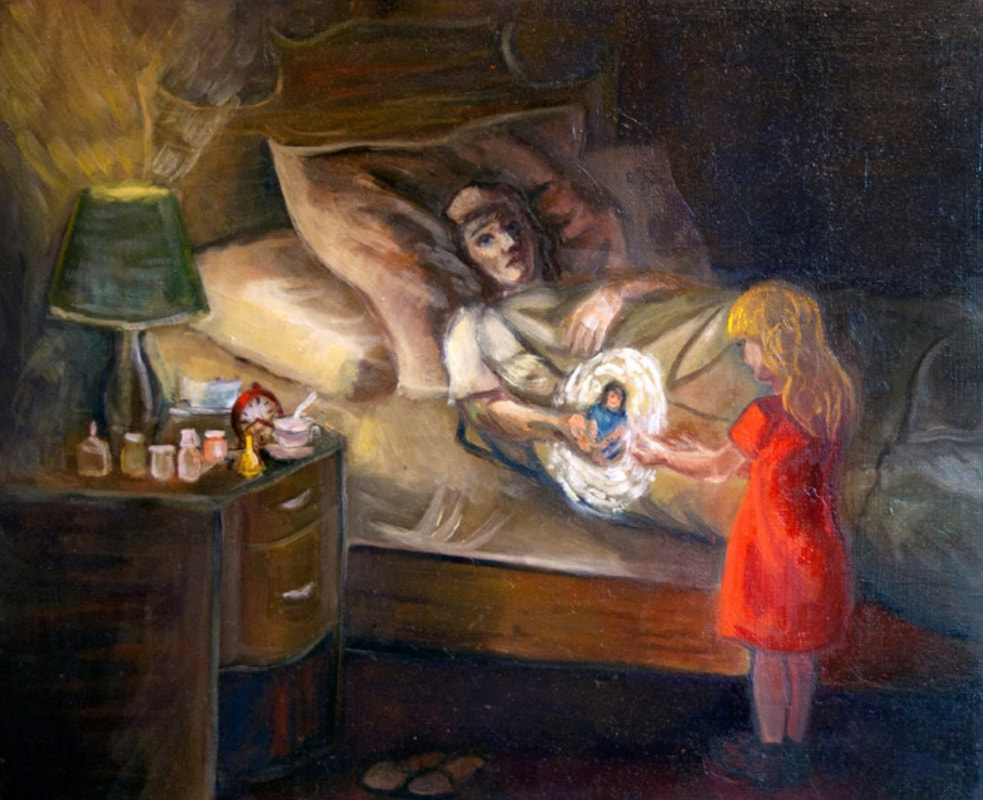
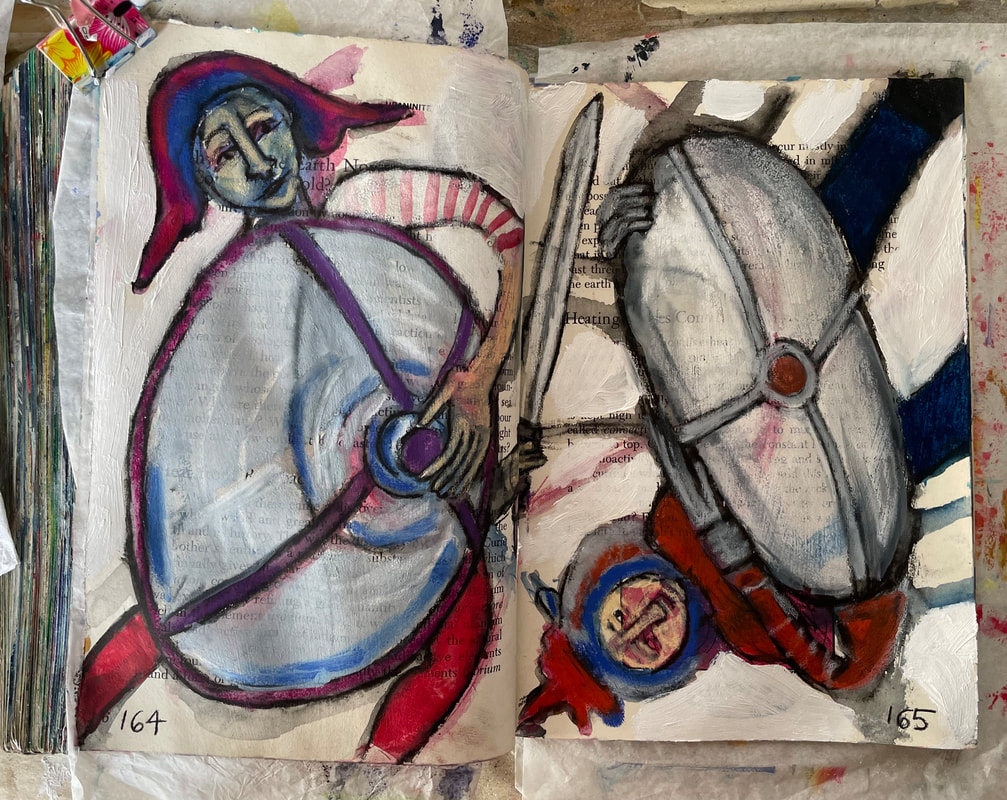
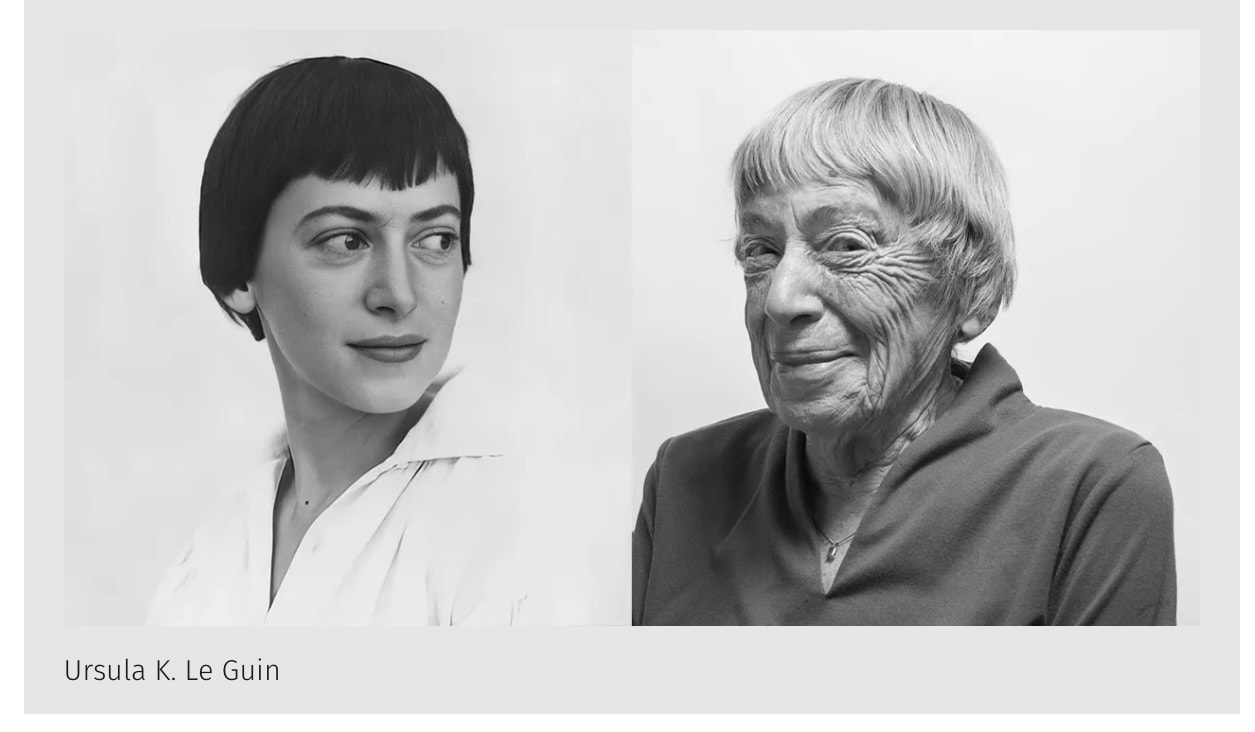
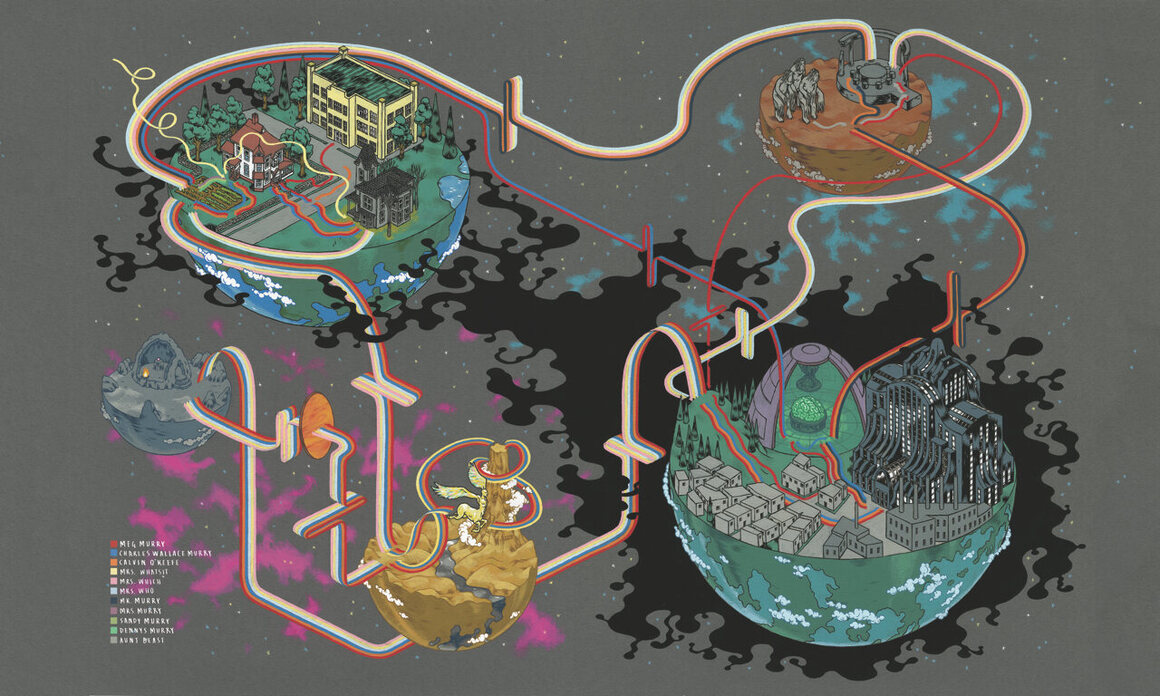
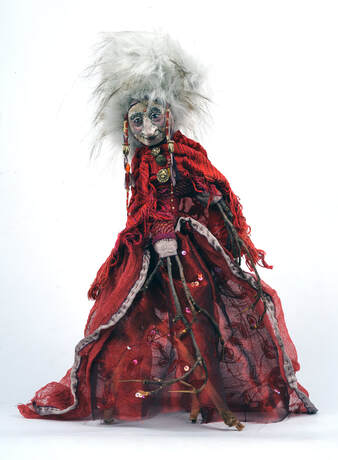
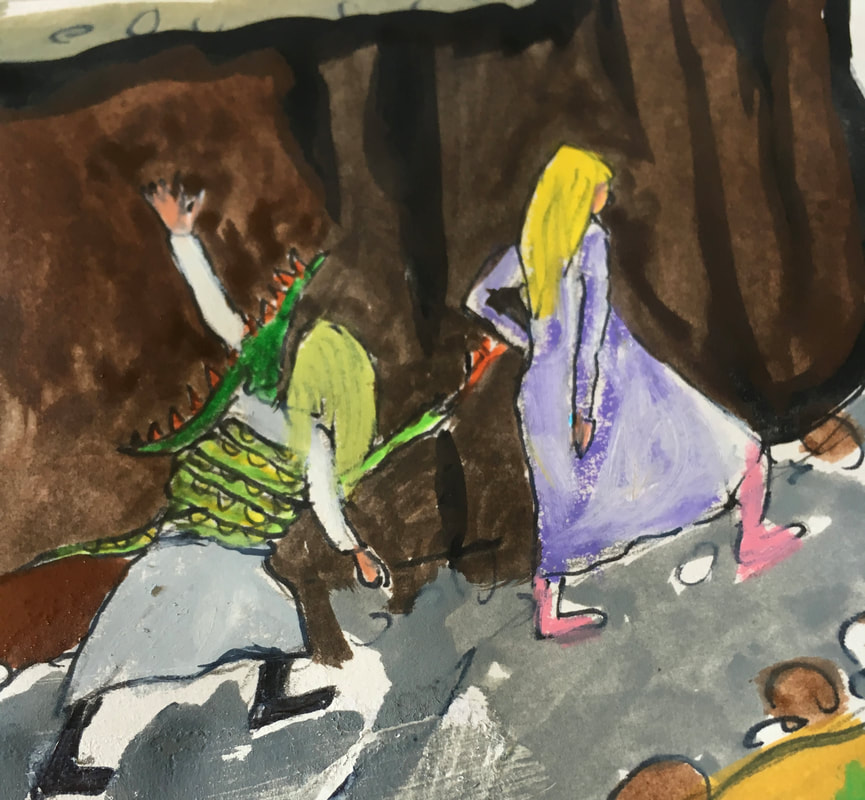
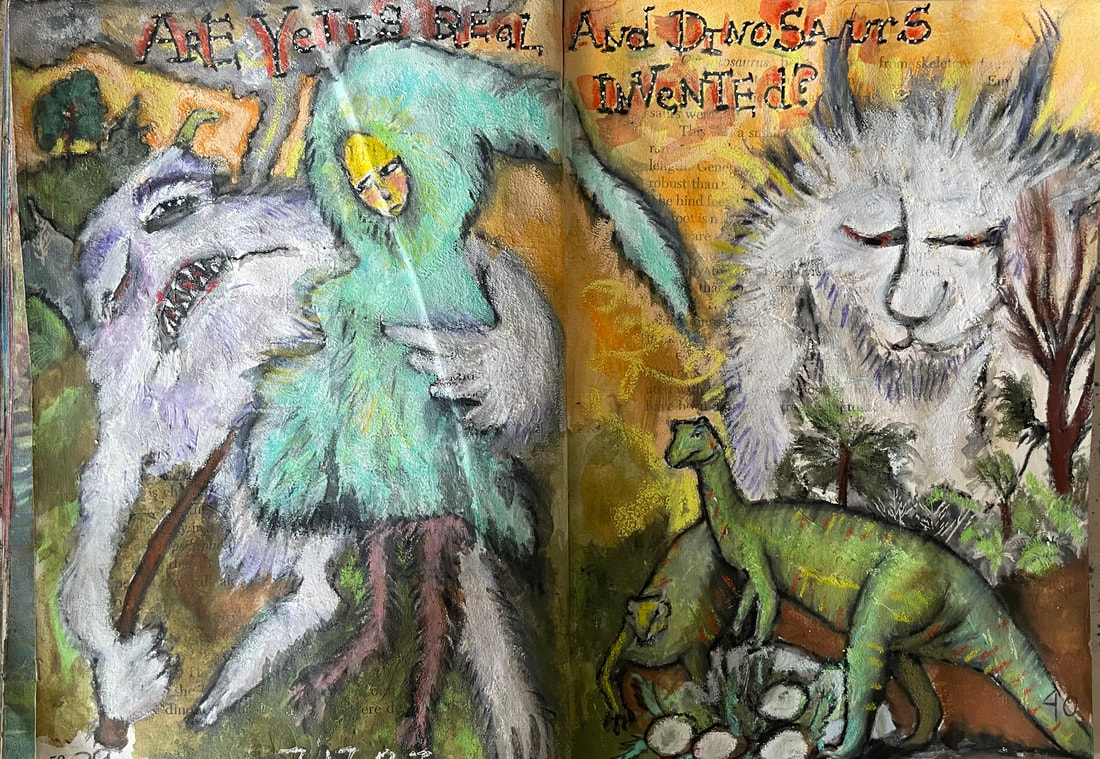

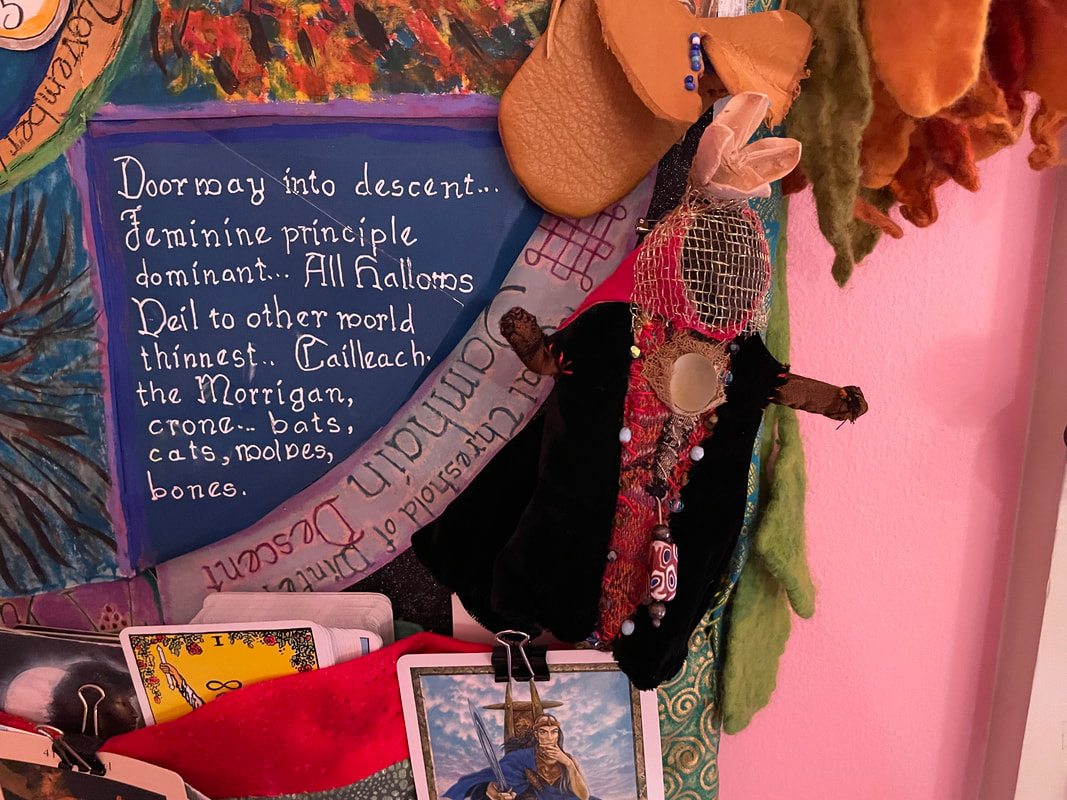
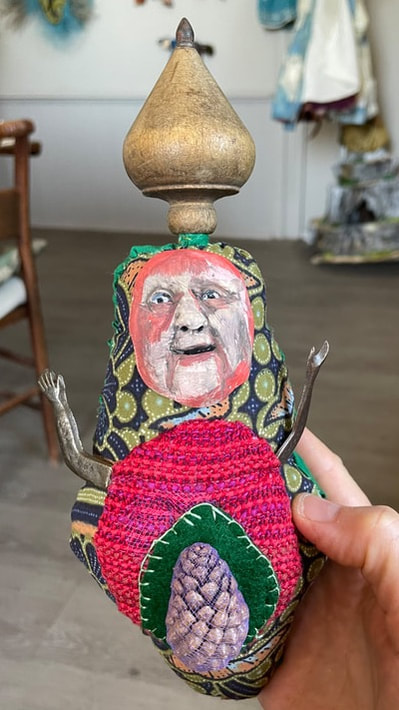
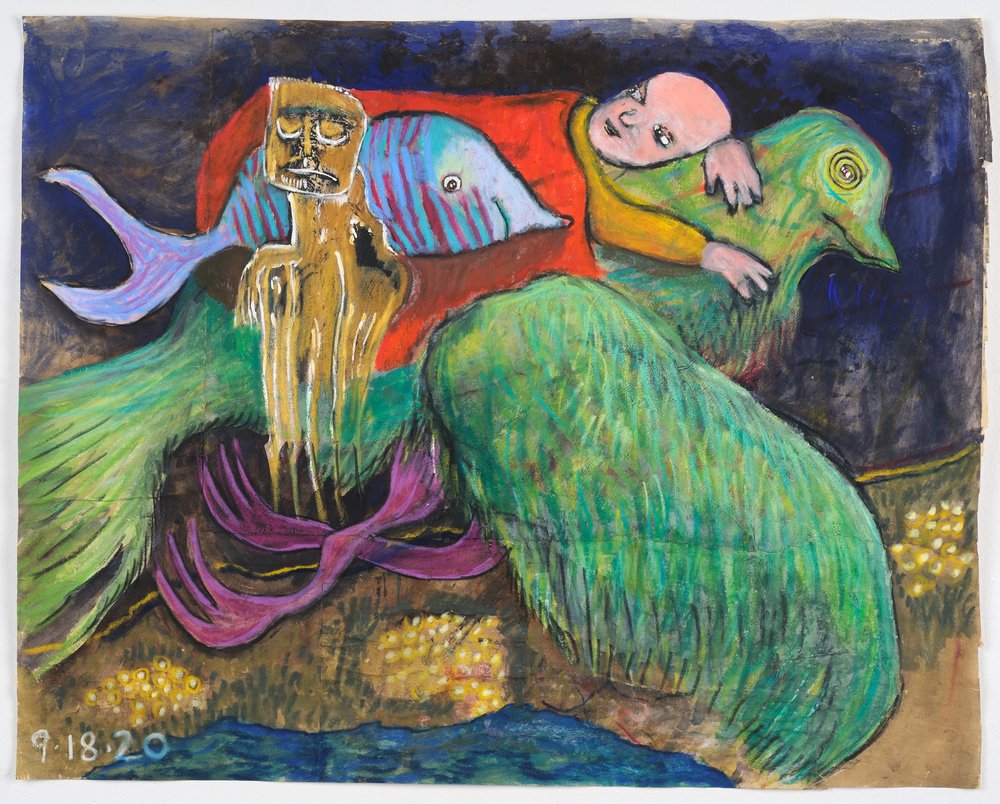
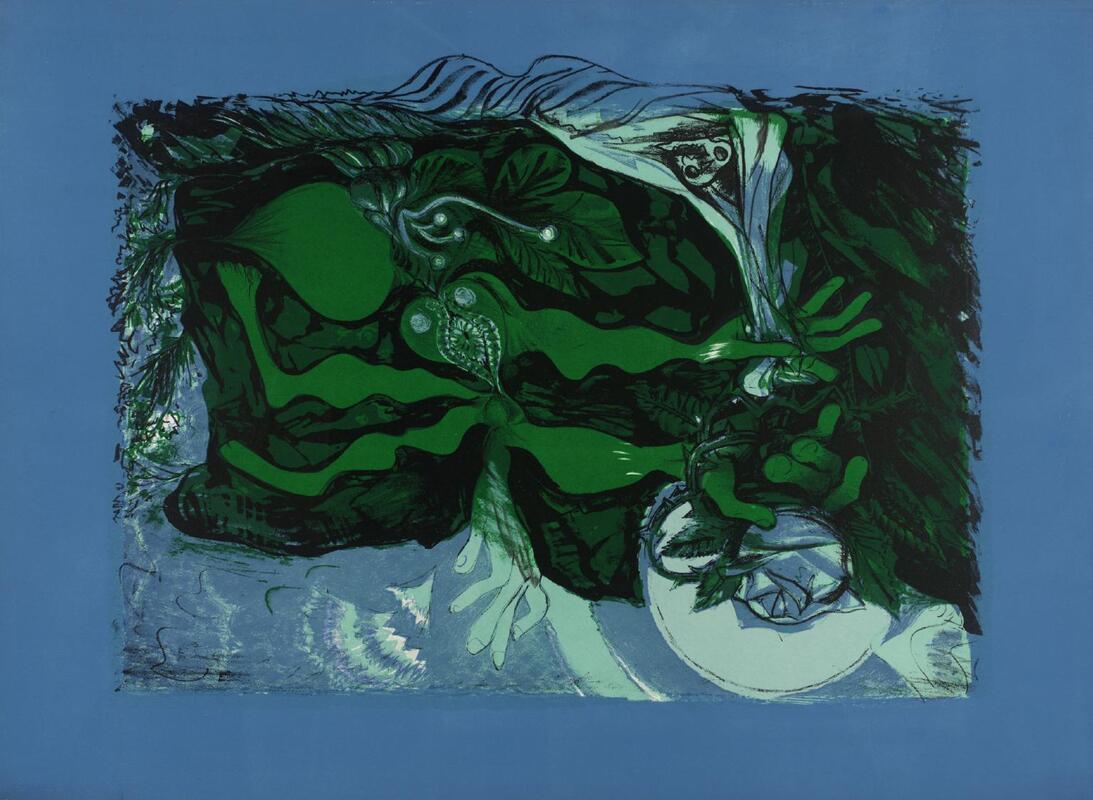
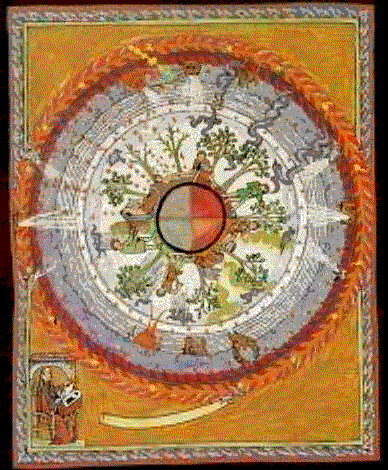
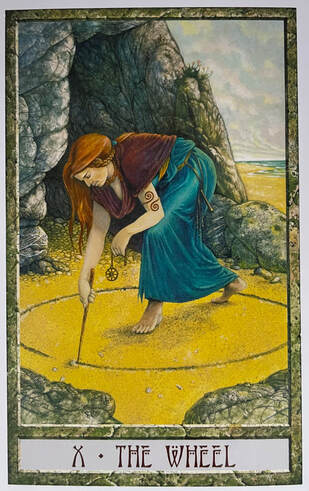
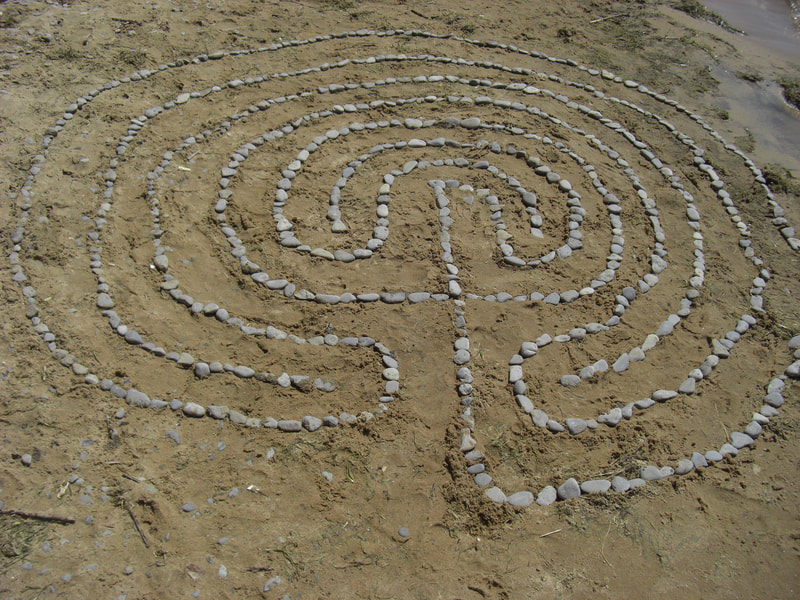
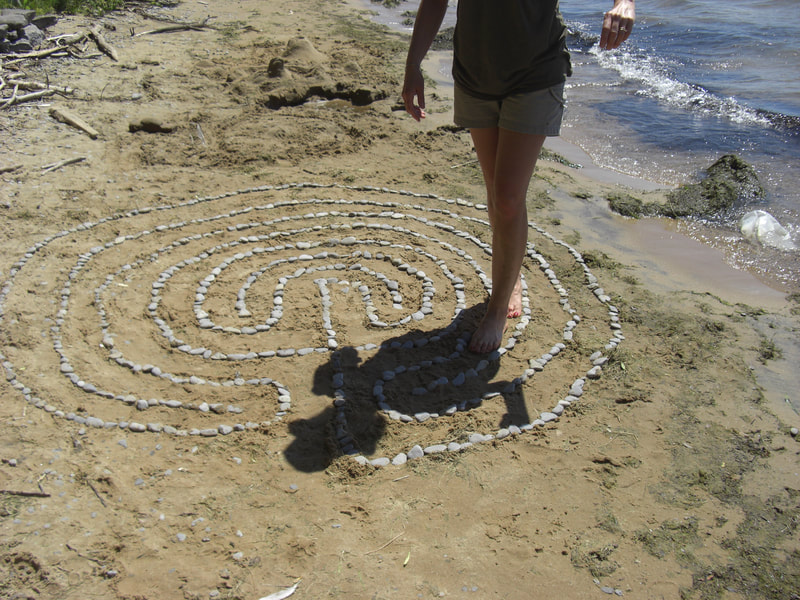
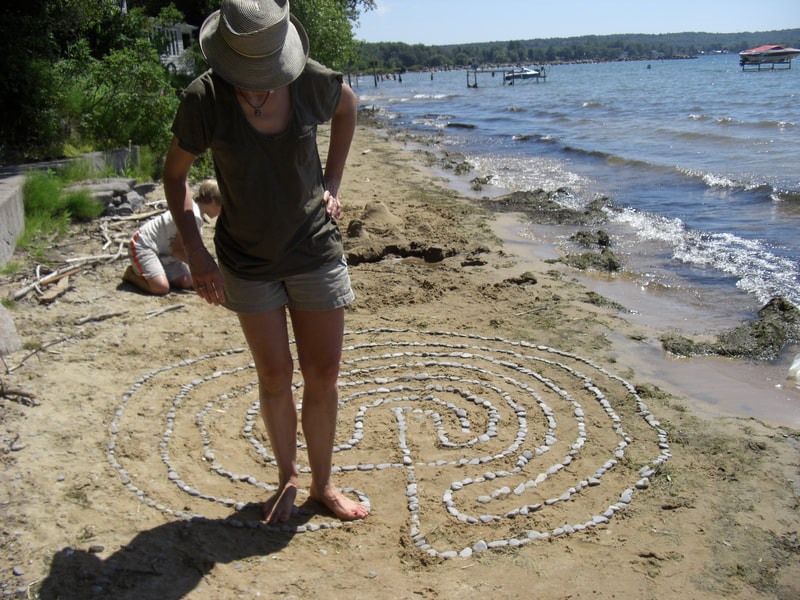

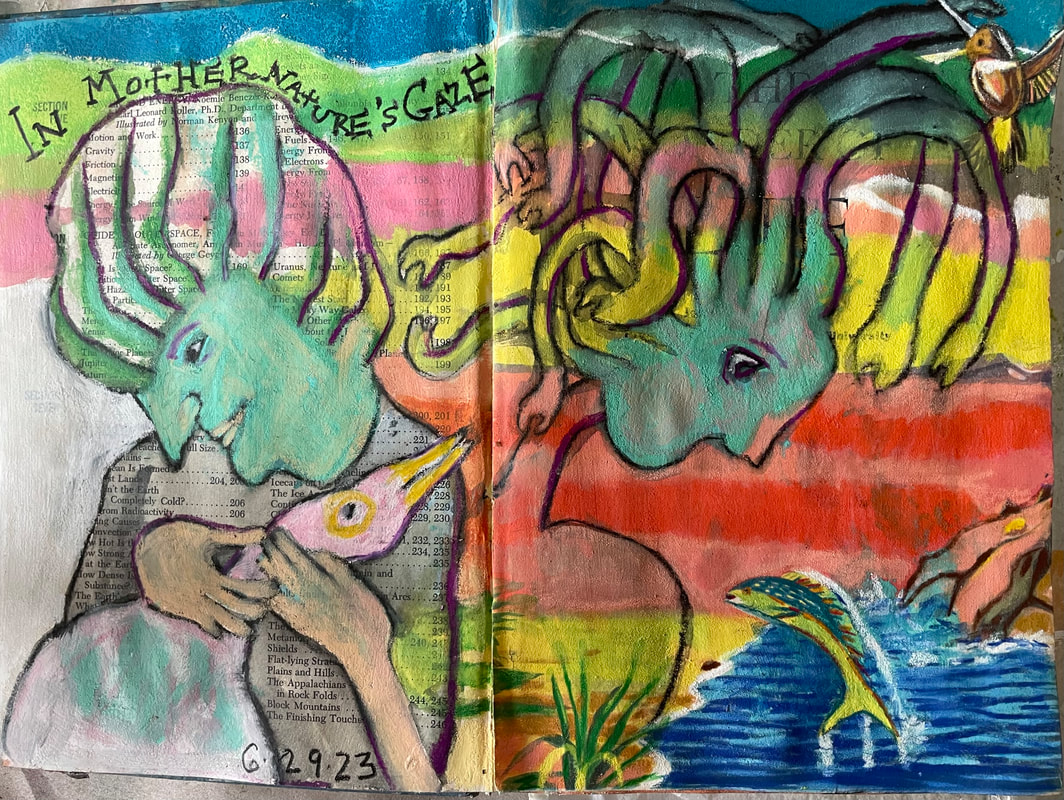
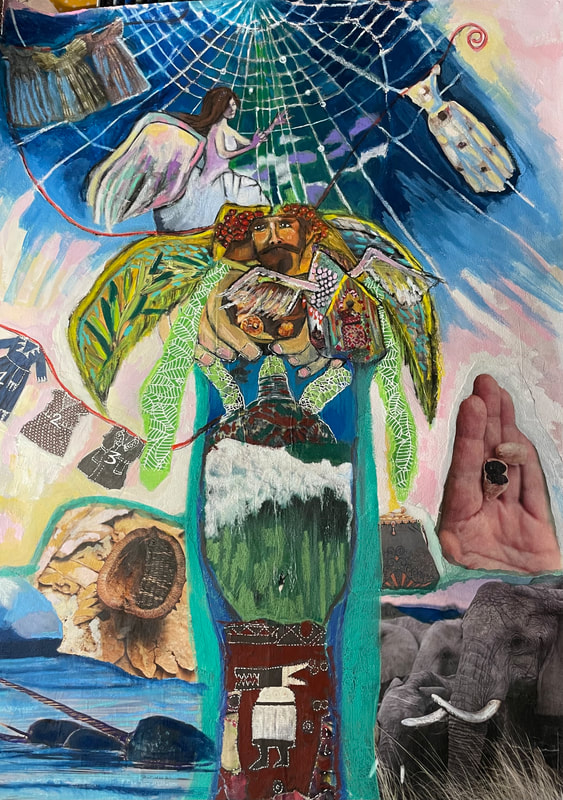
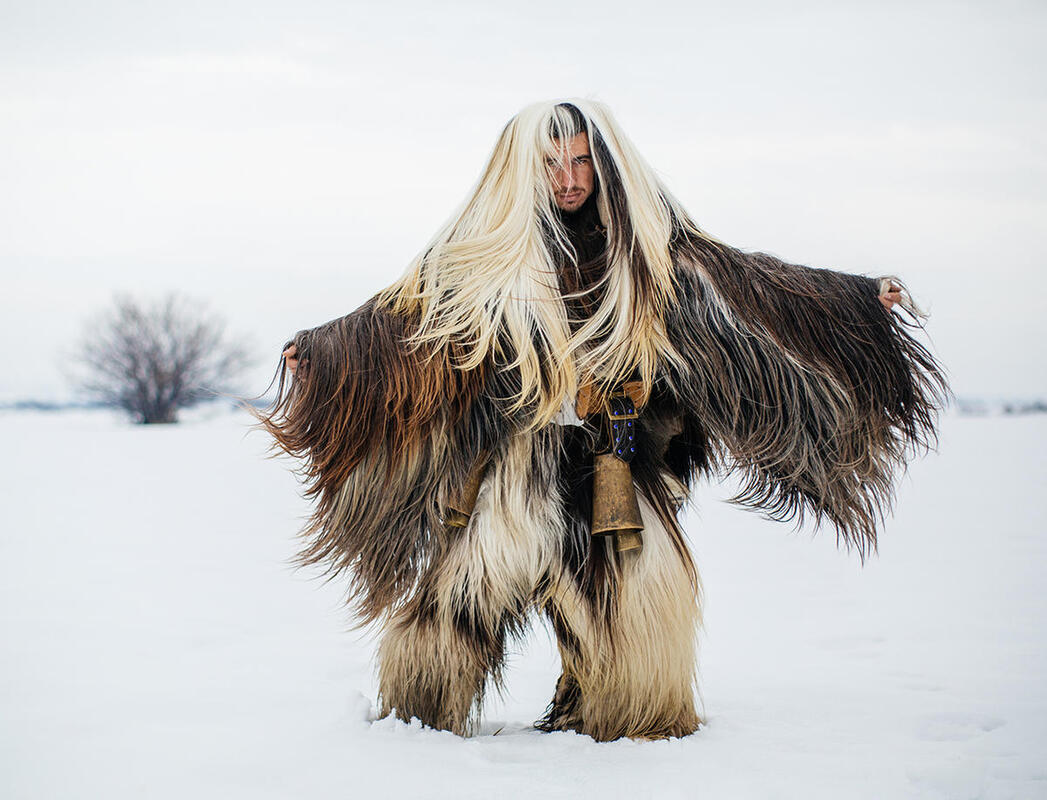
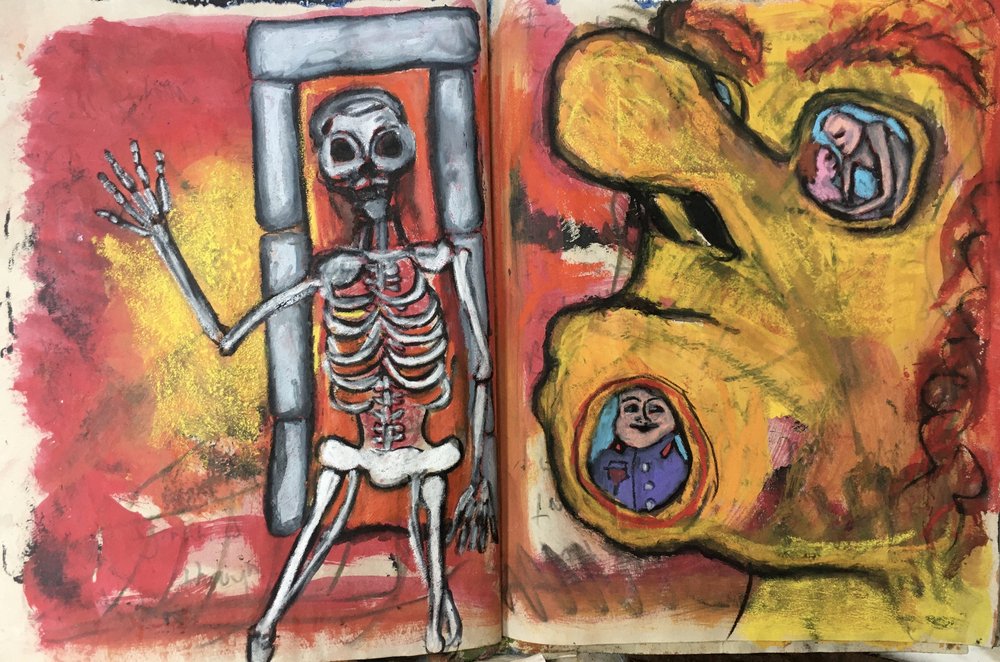
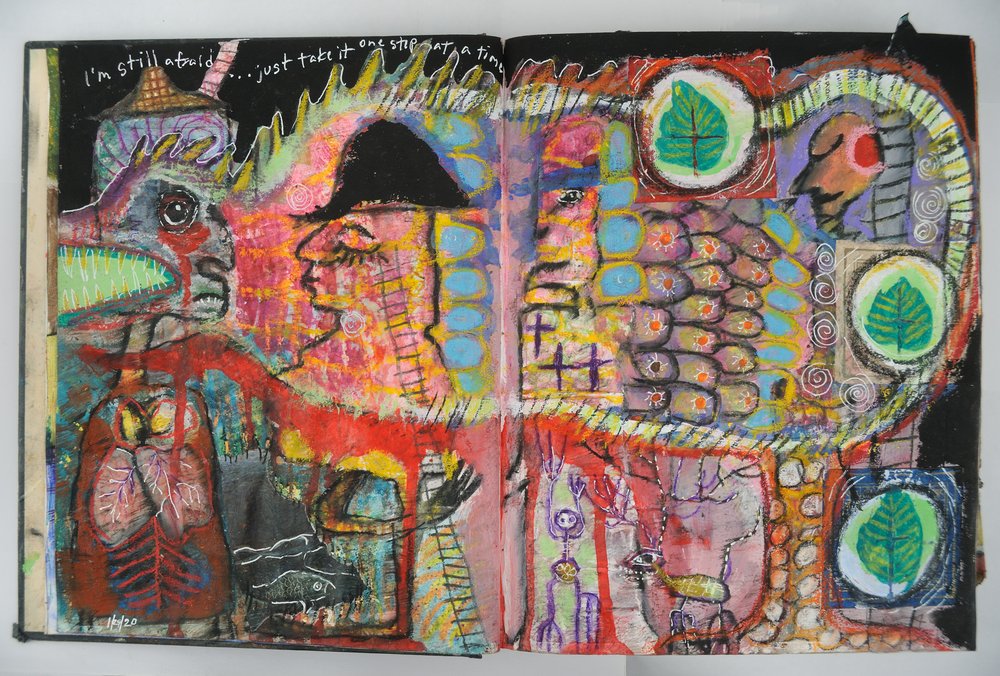

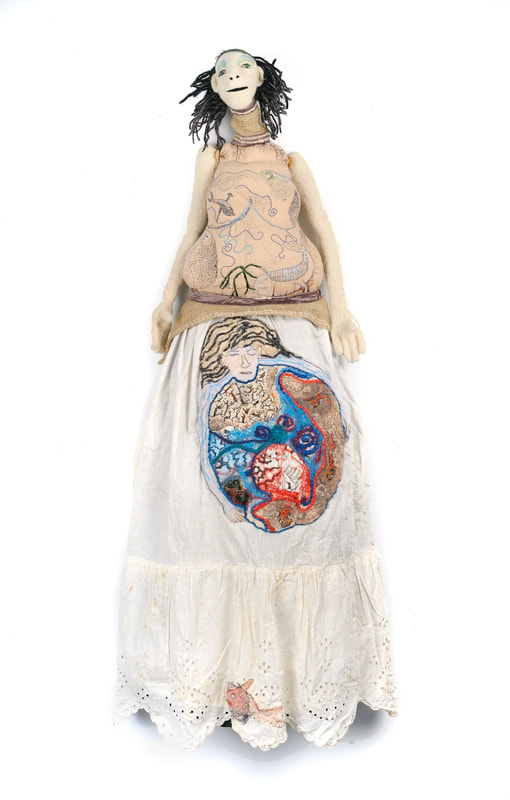
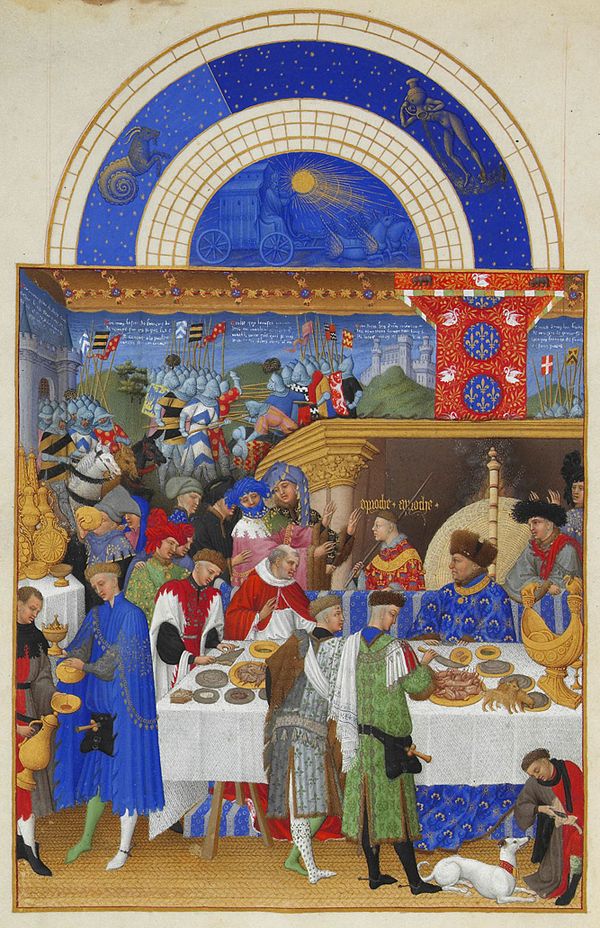
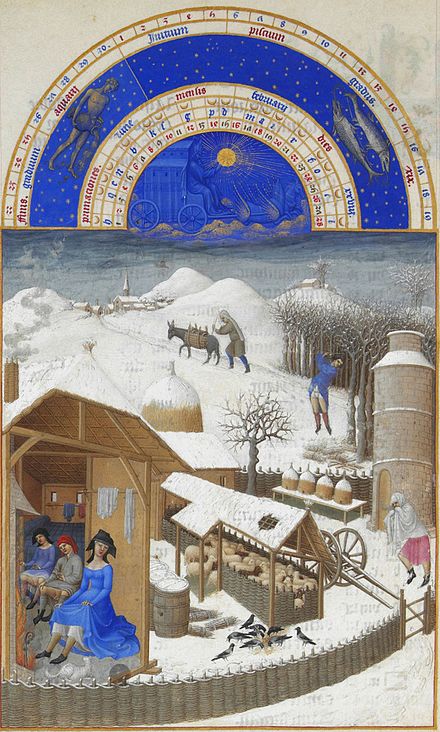
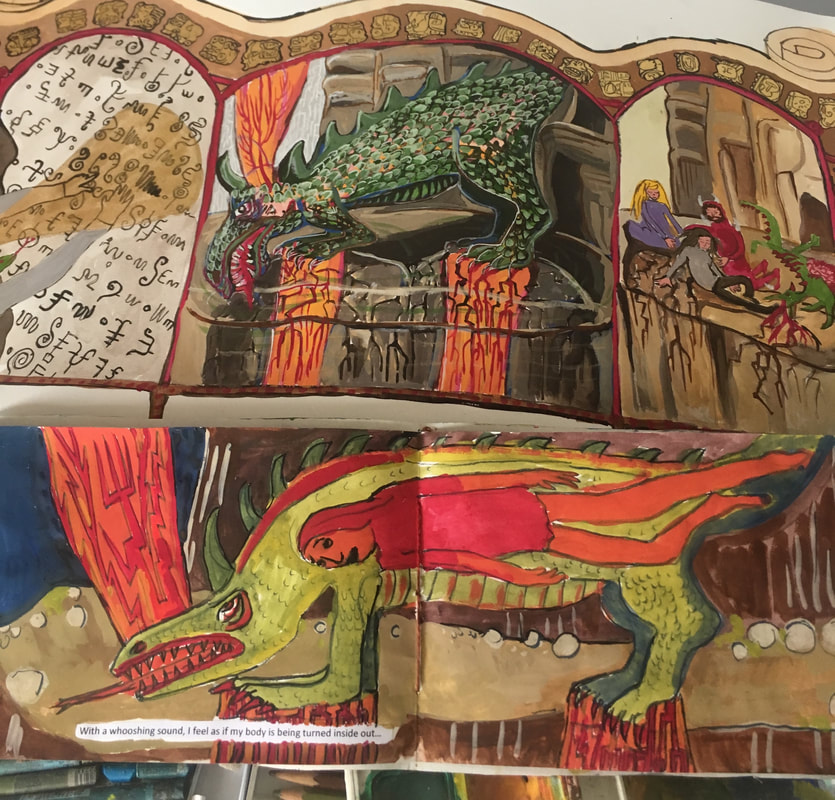
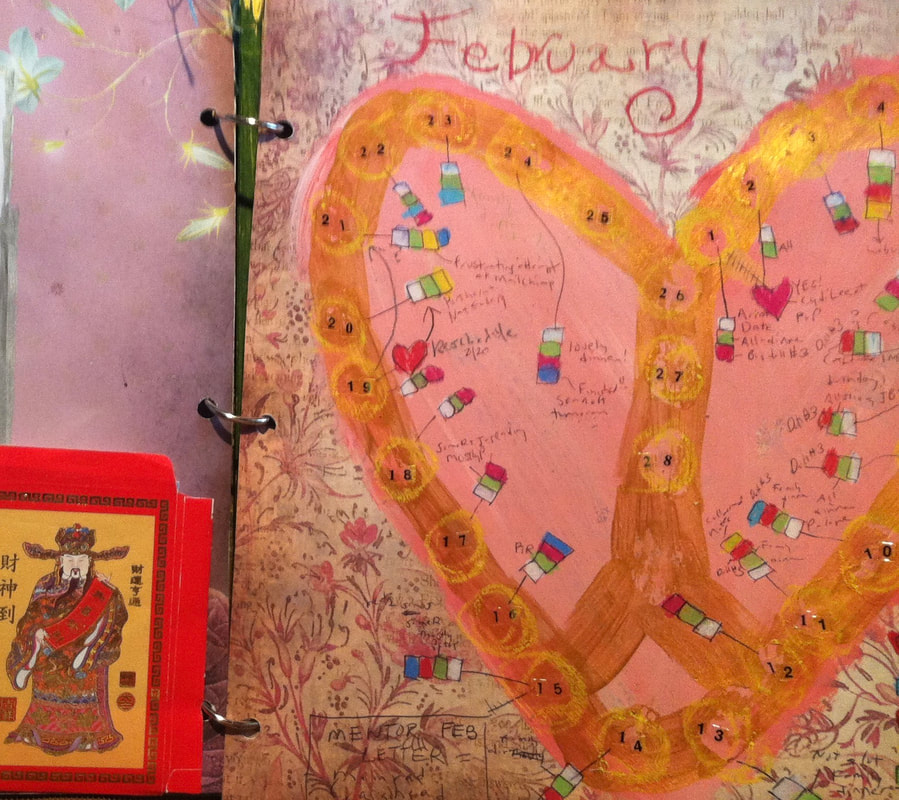


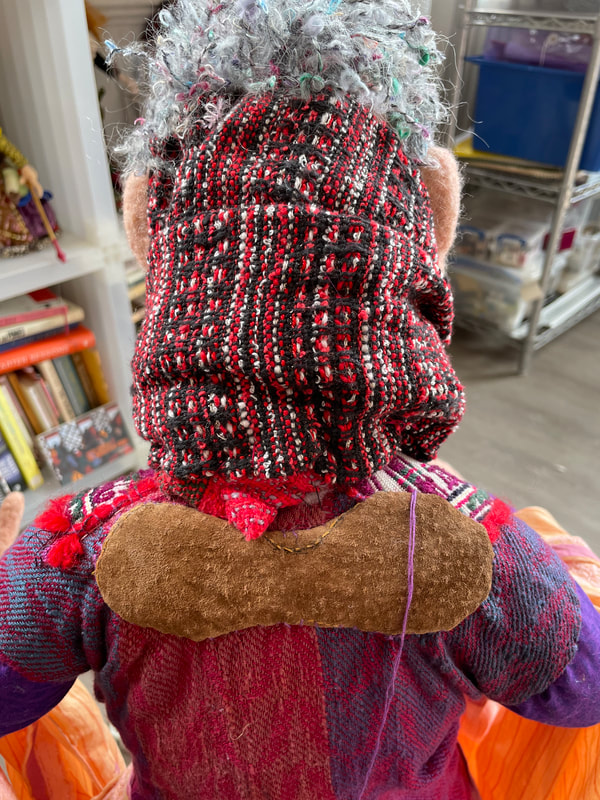
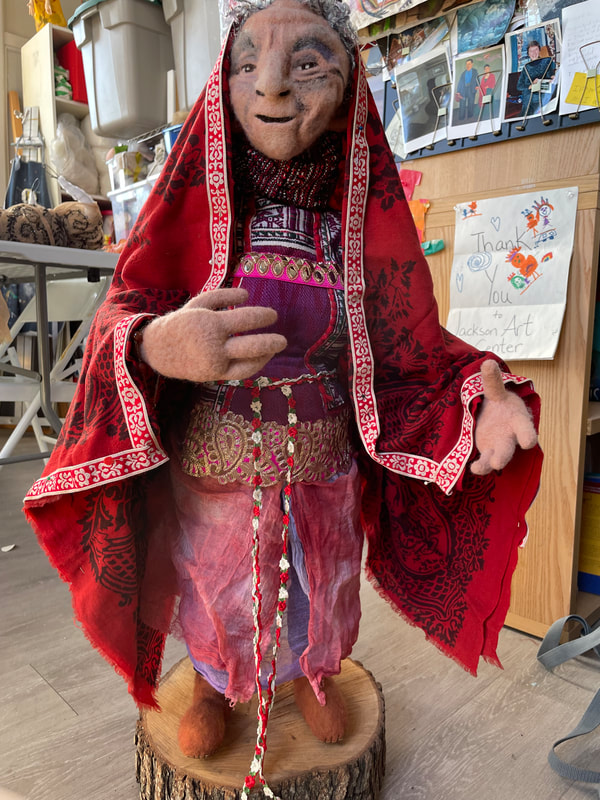
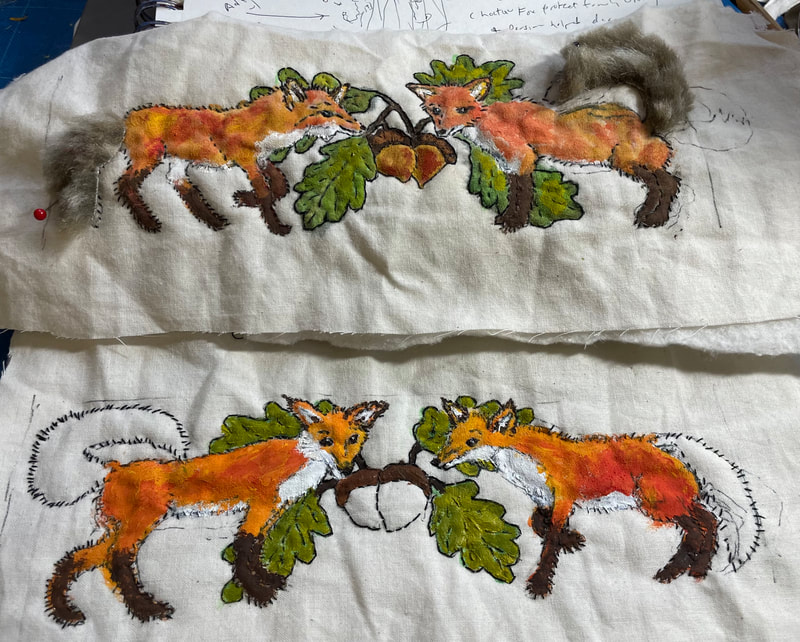
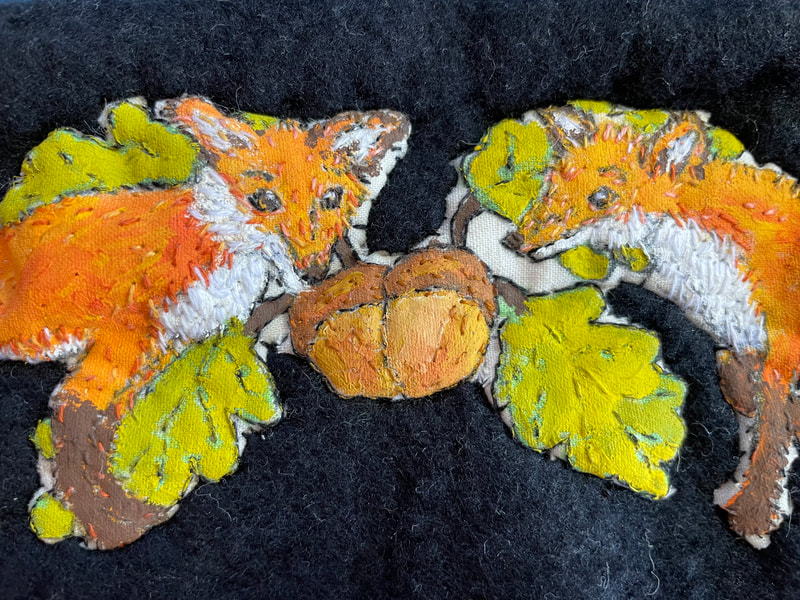
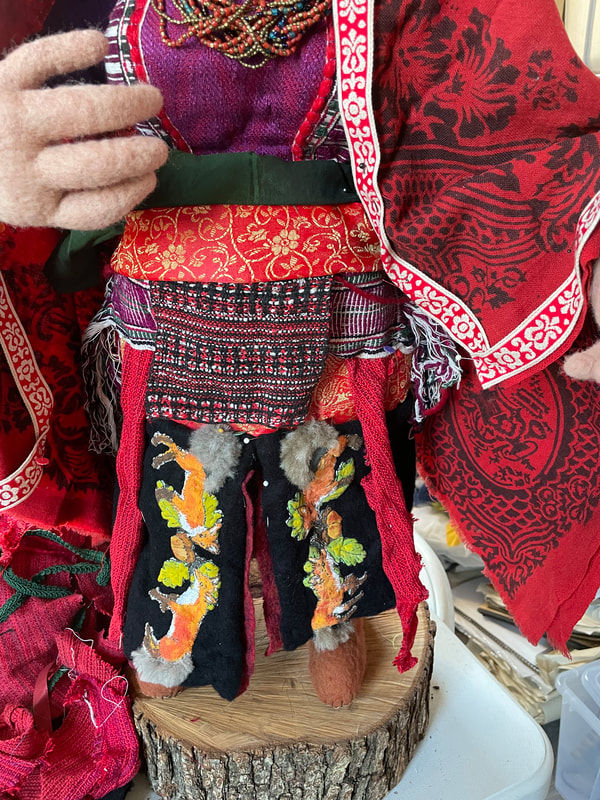

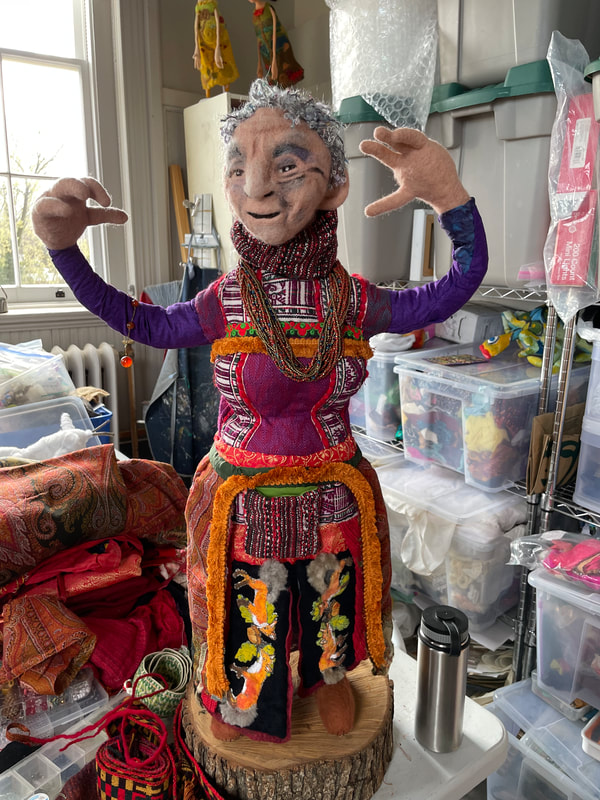
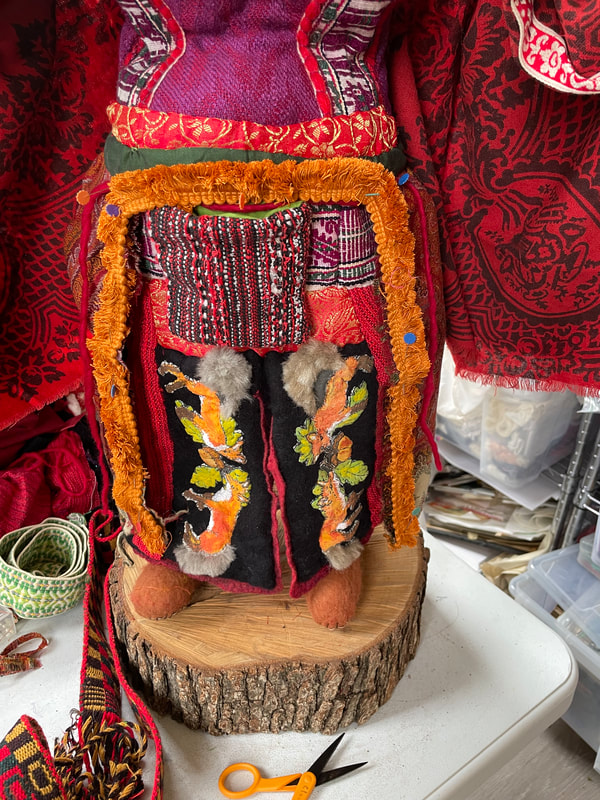
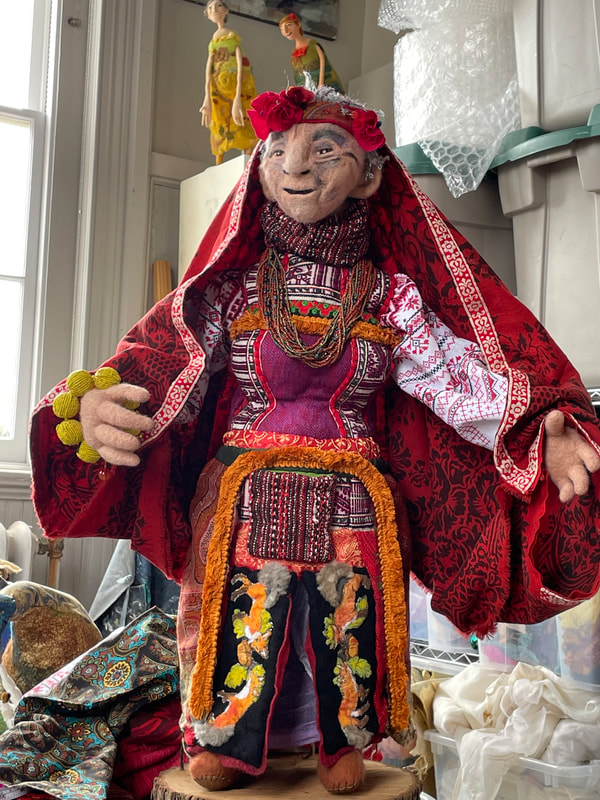
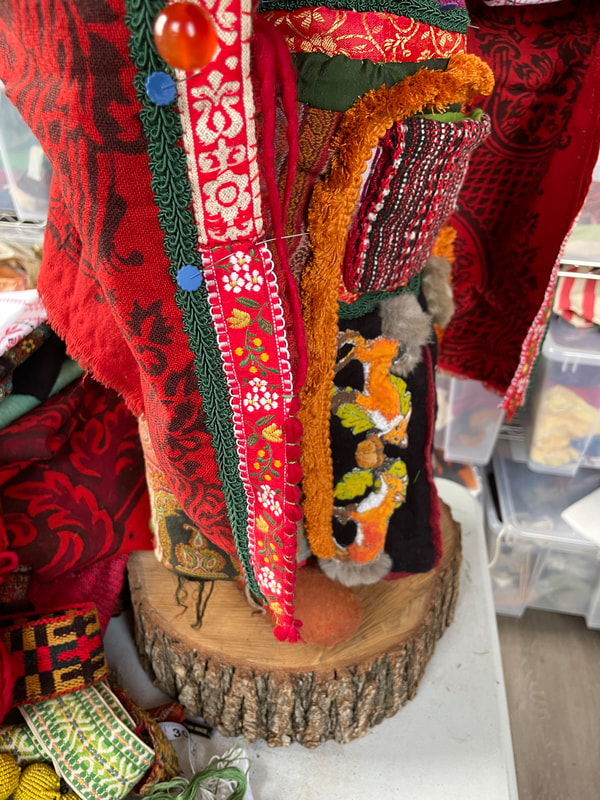
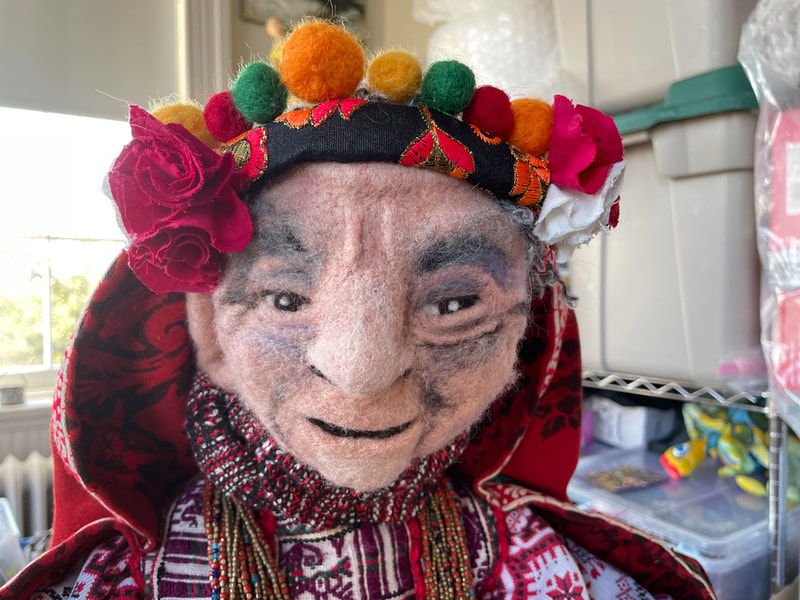
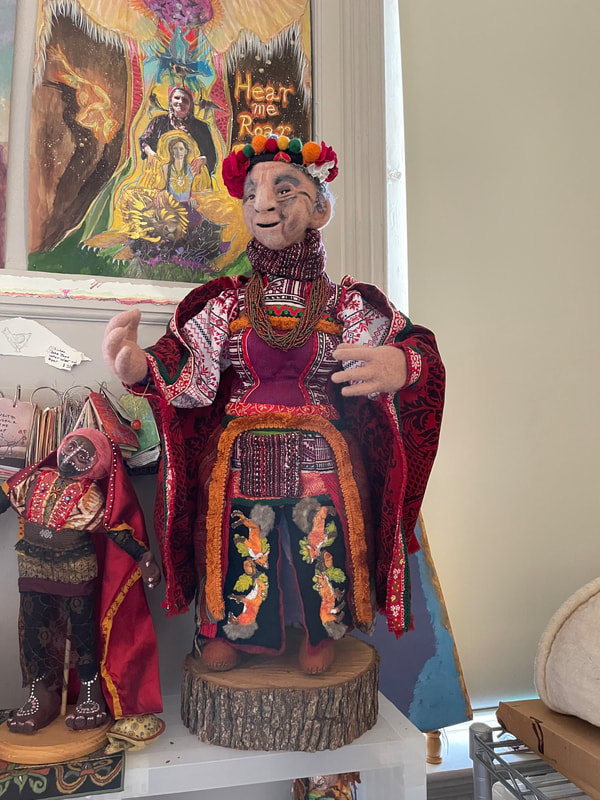

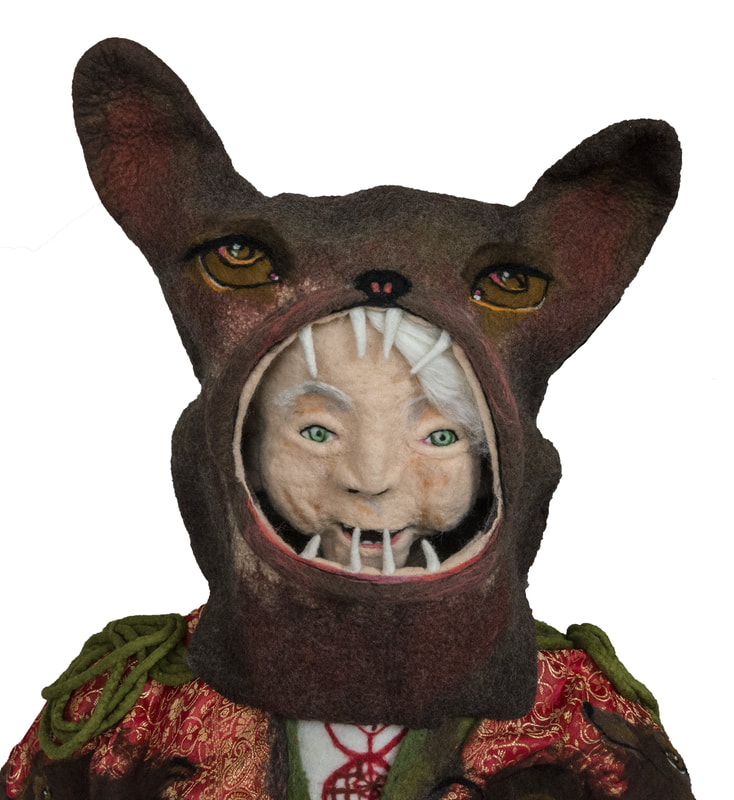
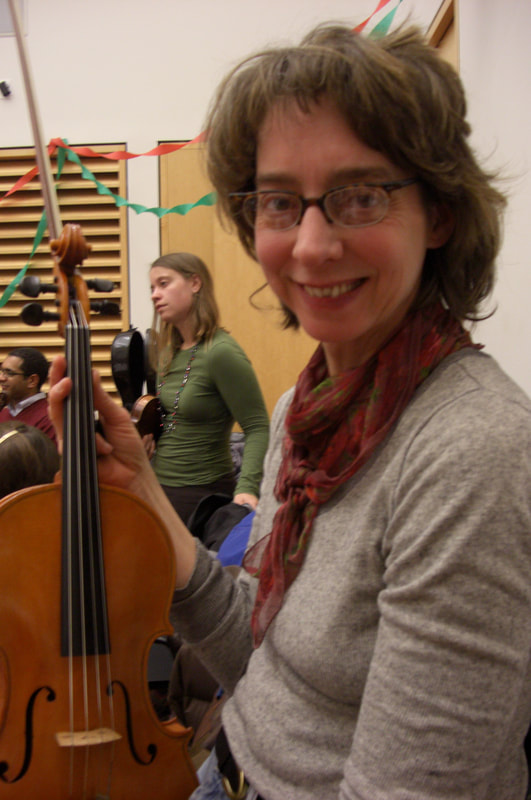
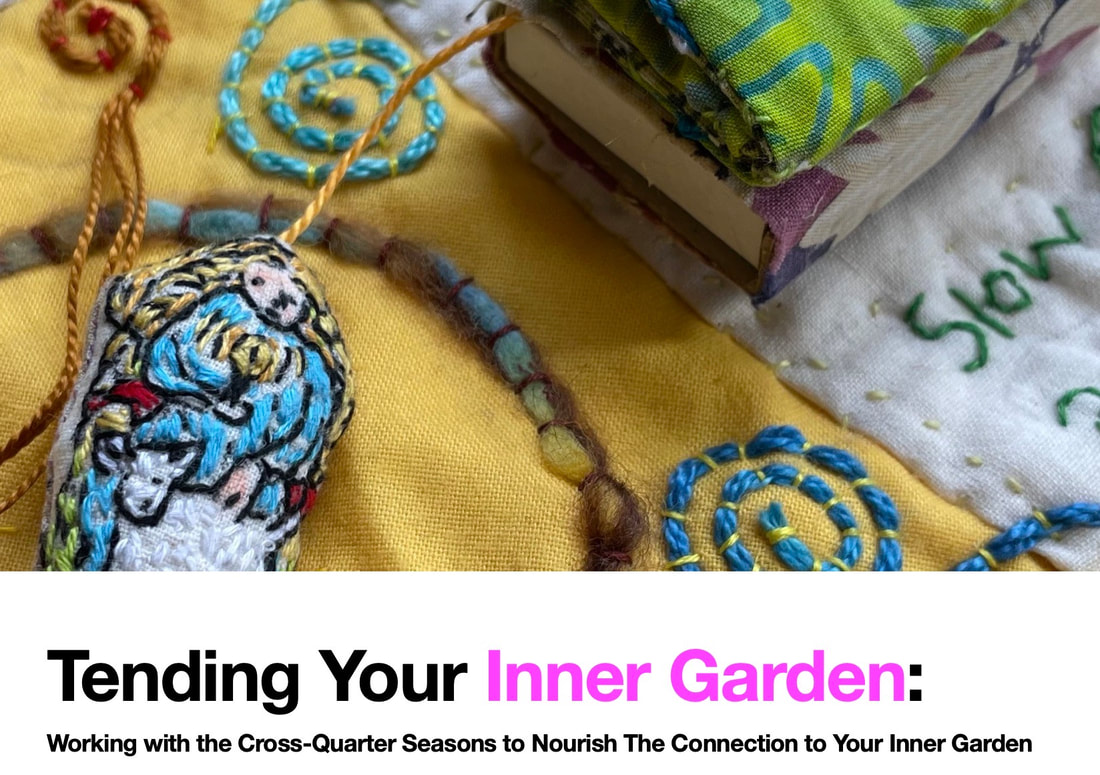
 RSS Feed
RSS Feed